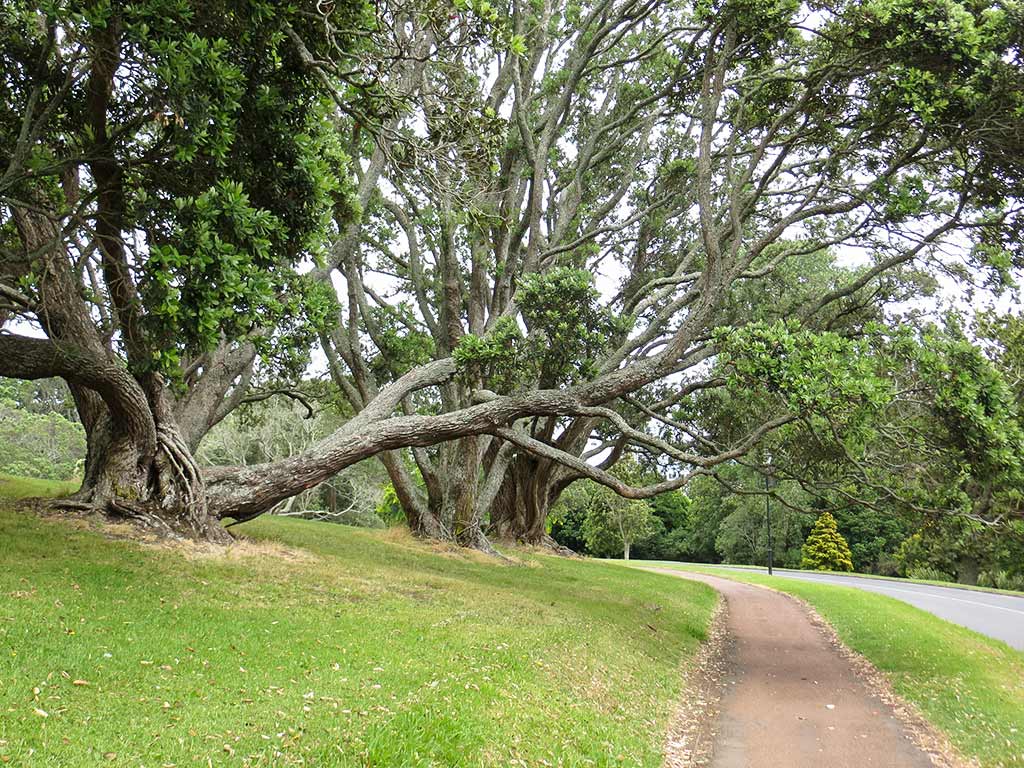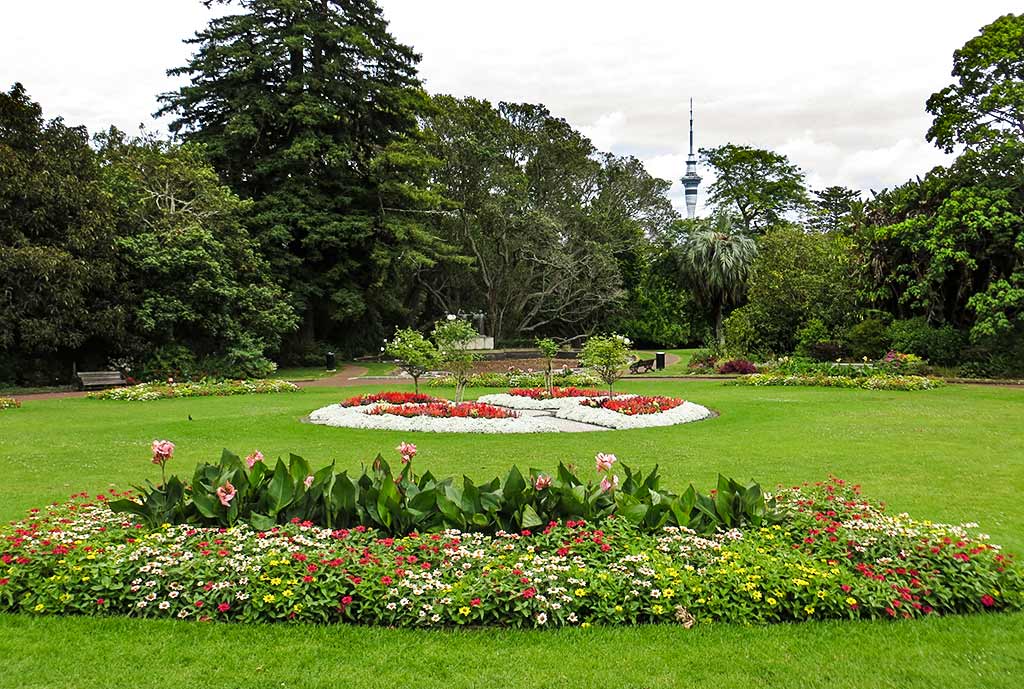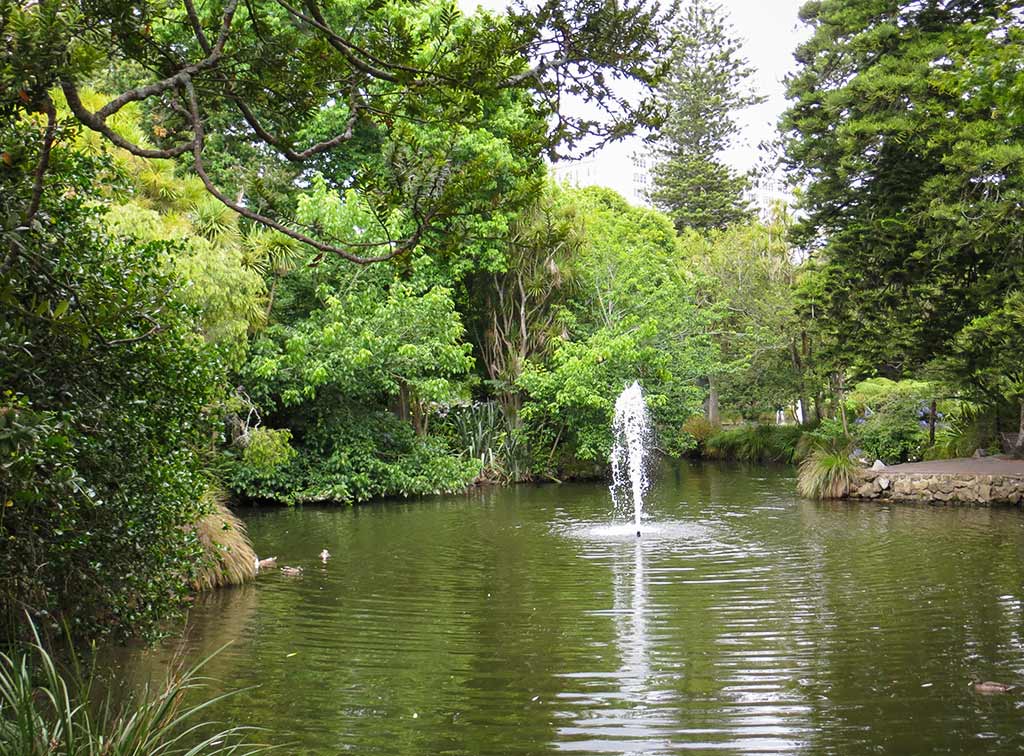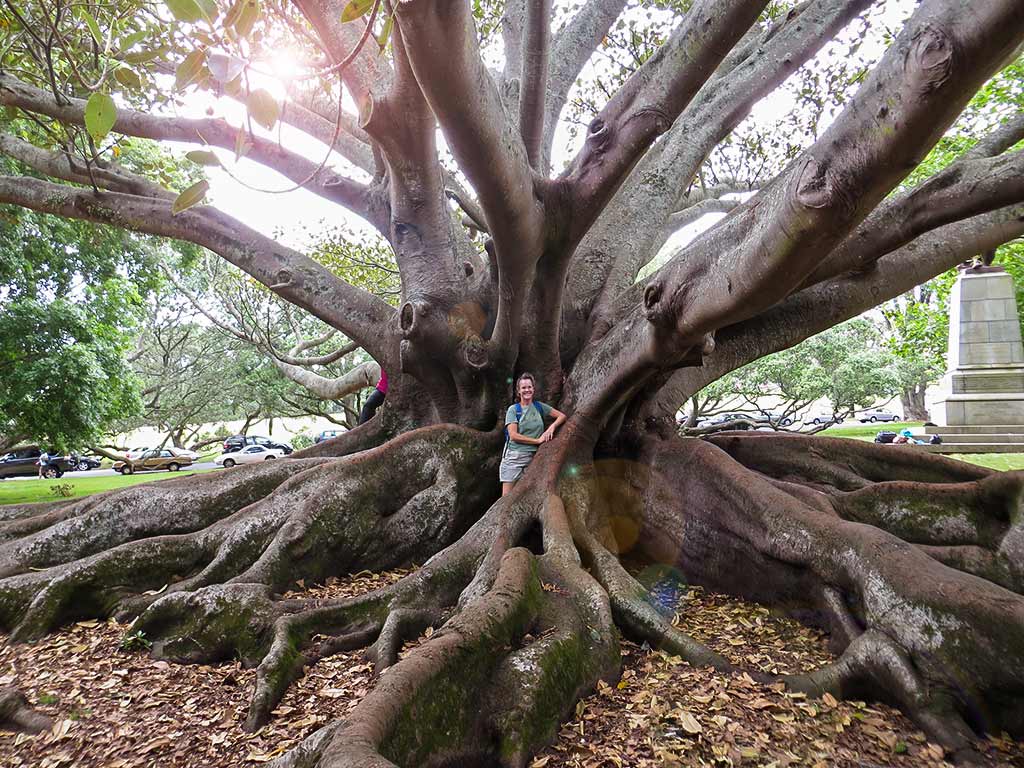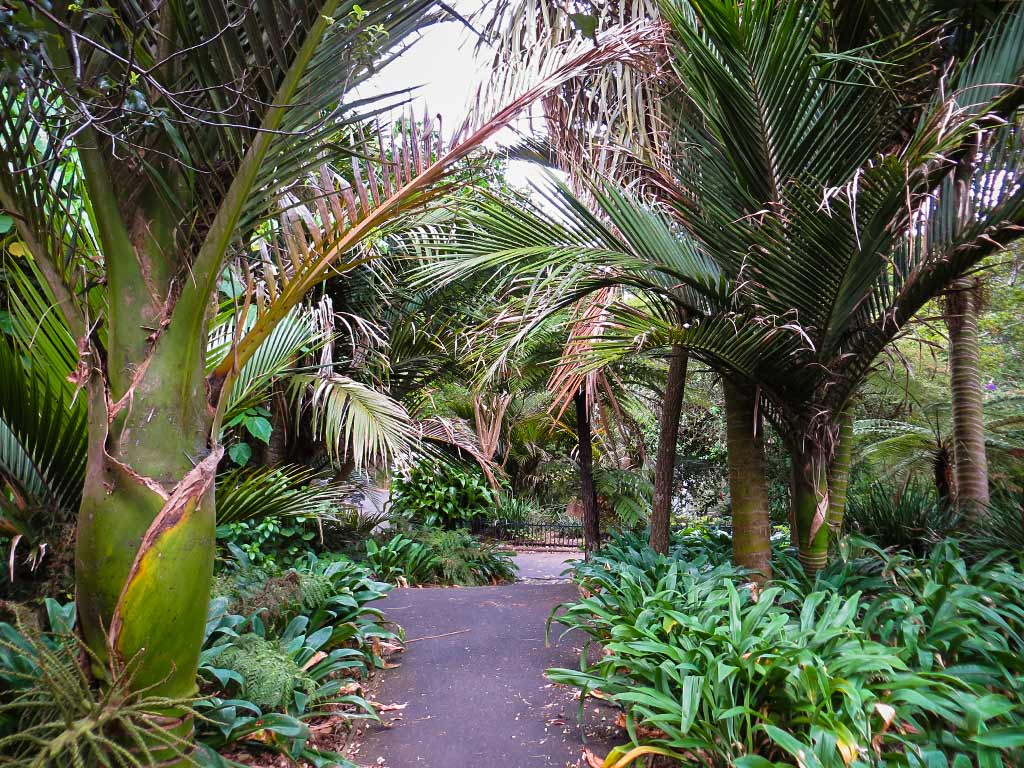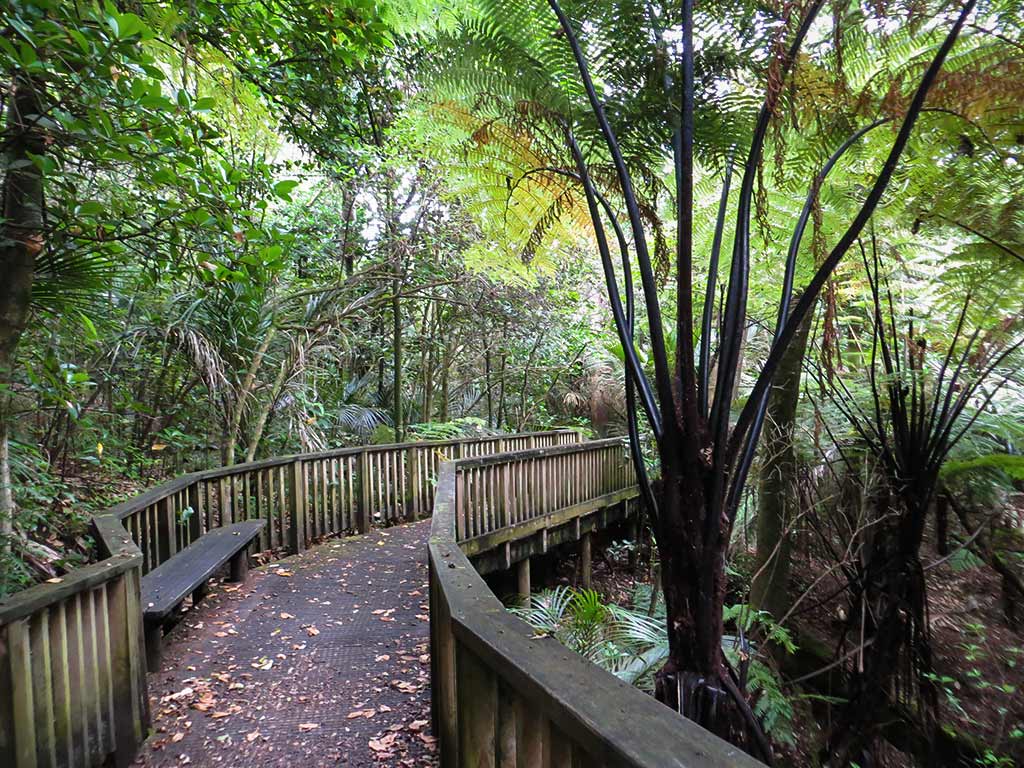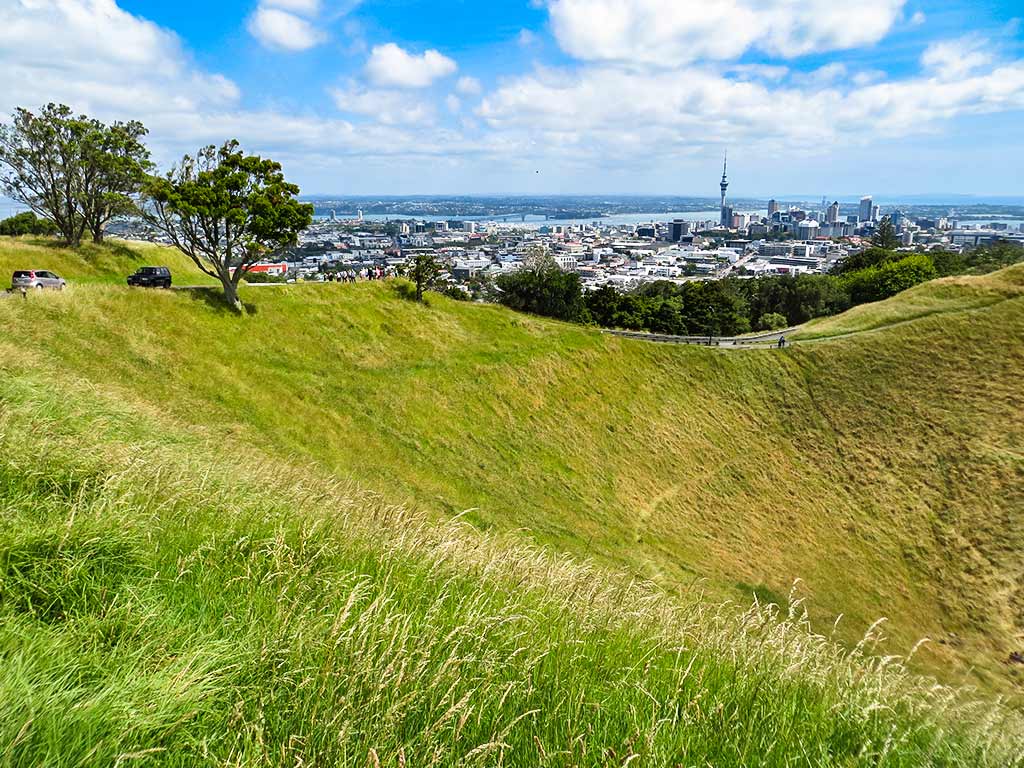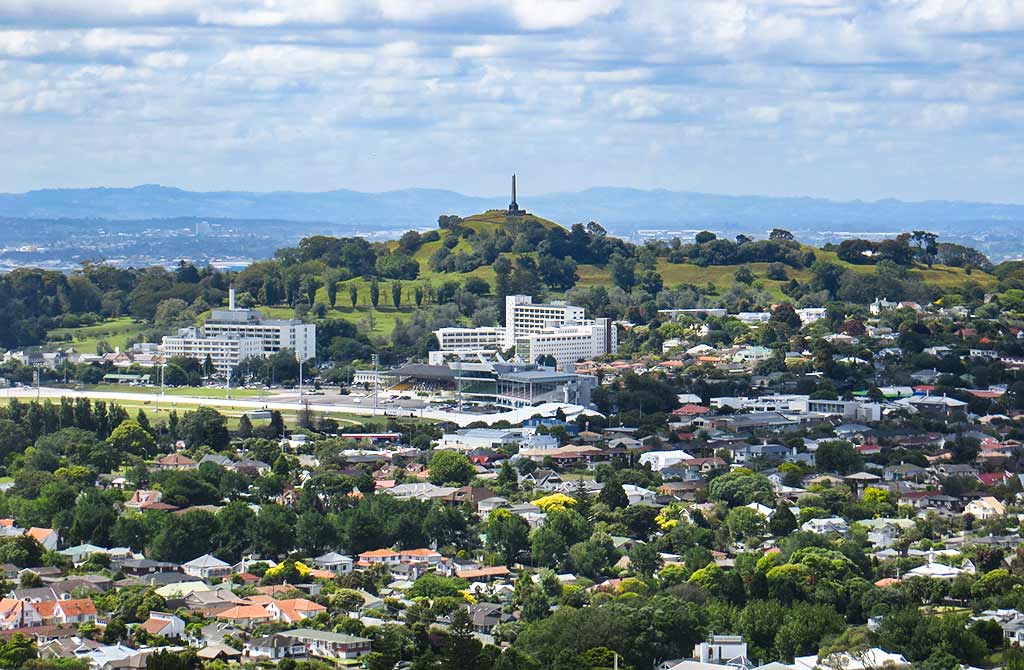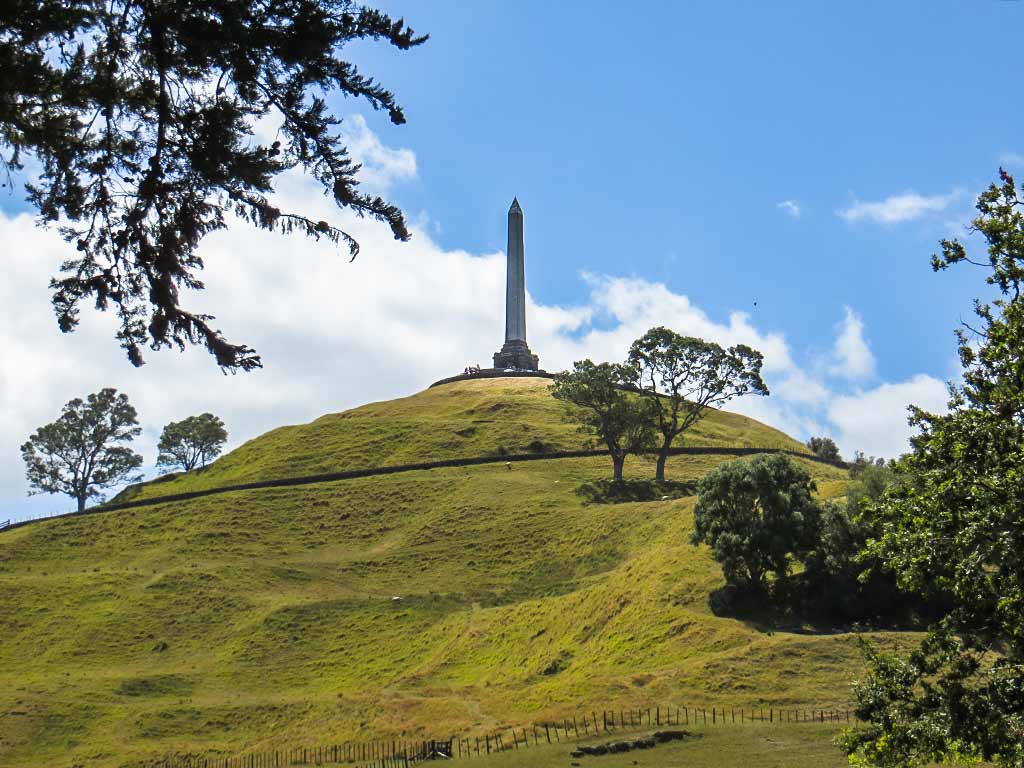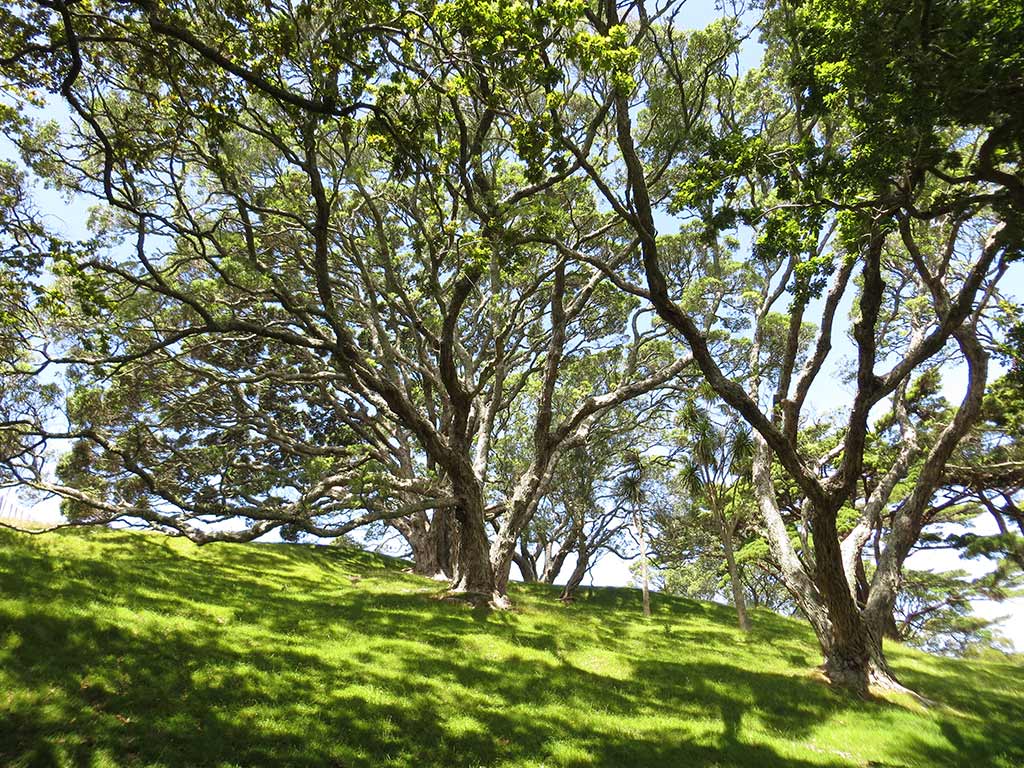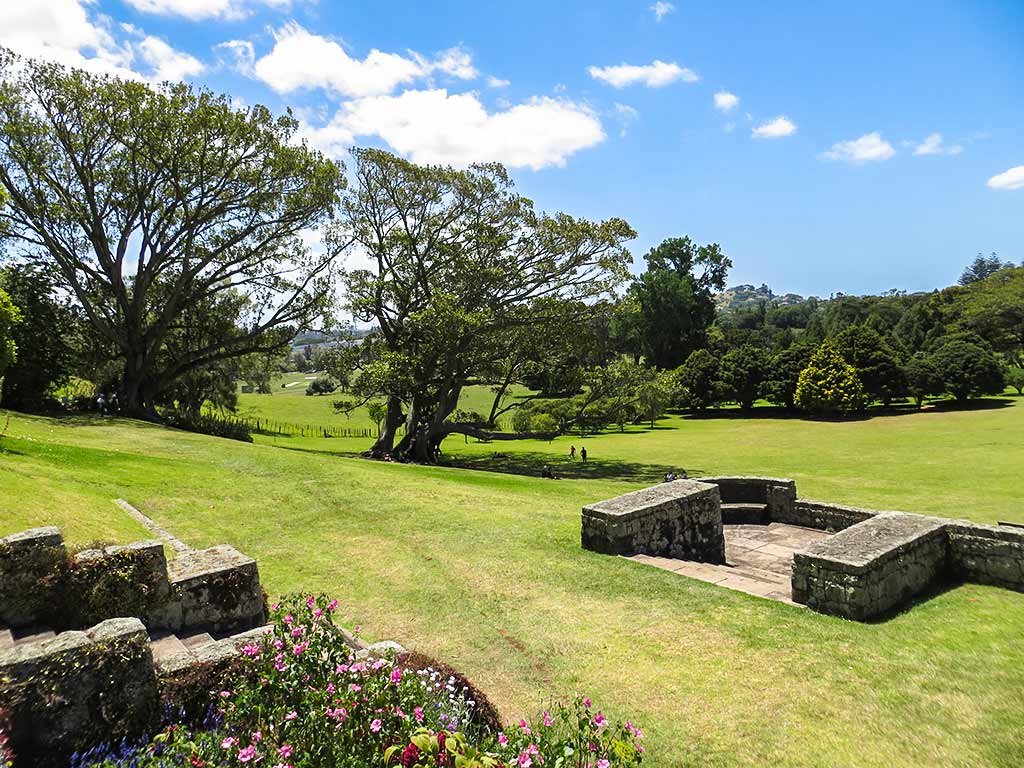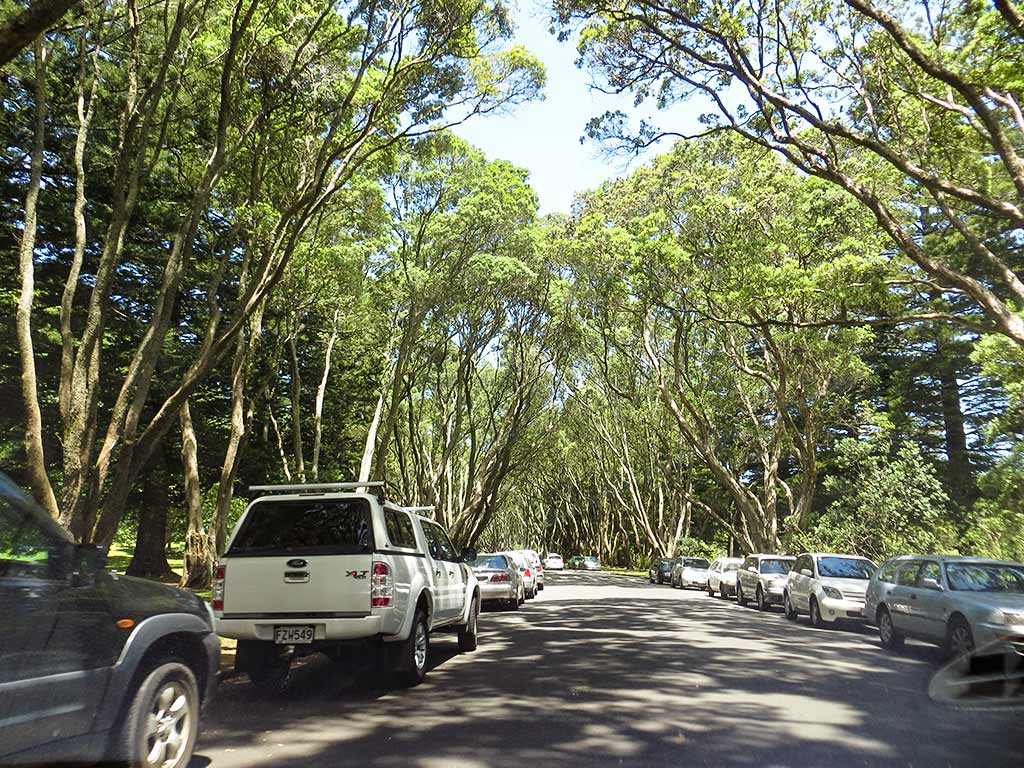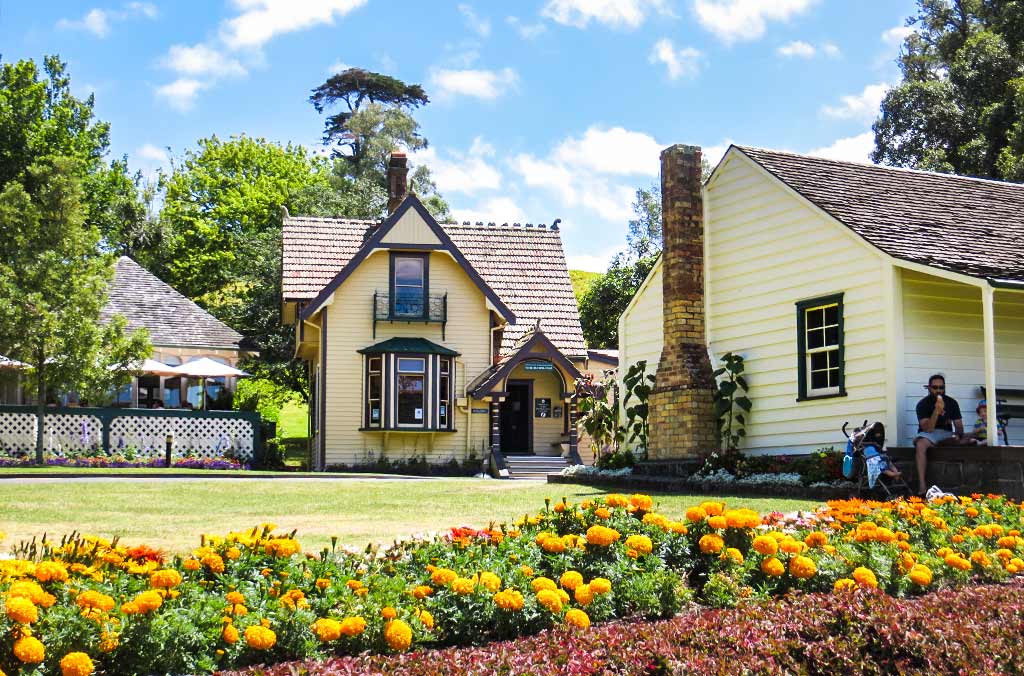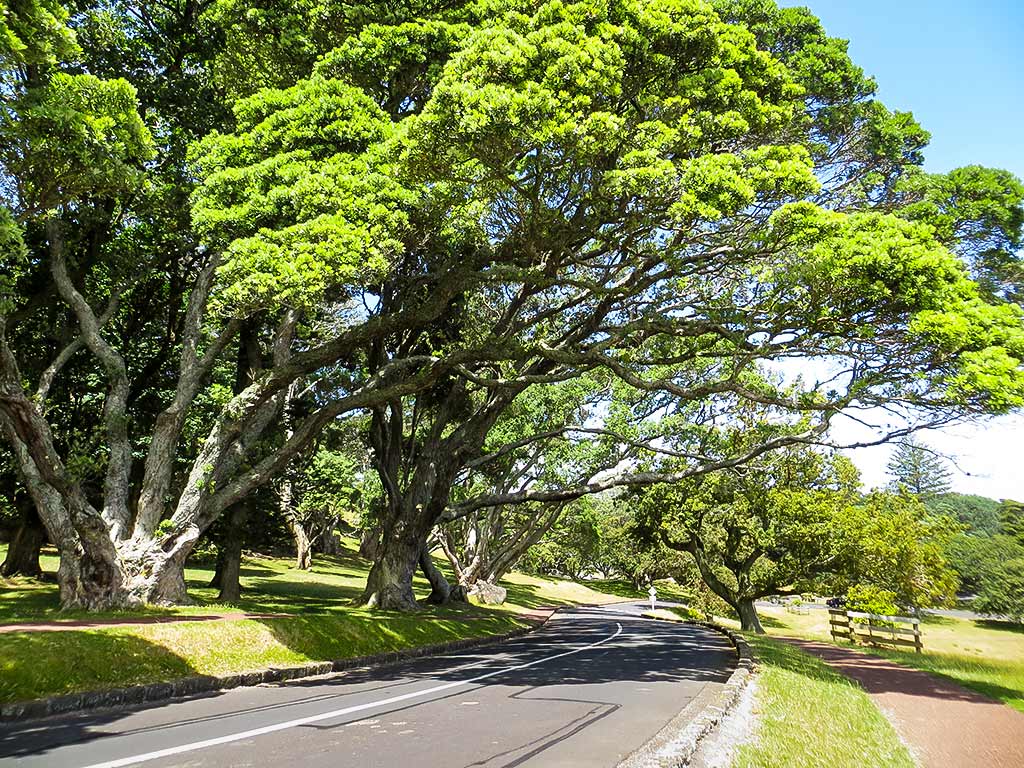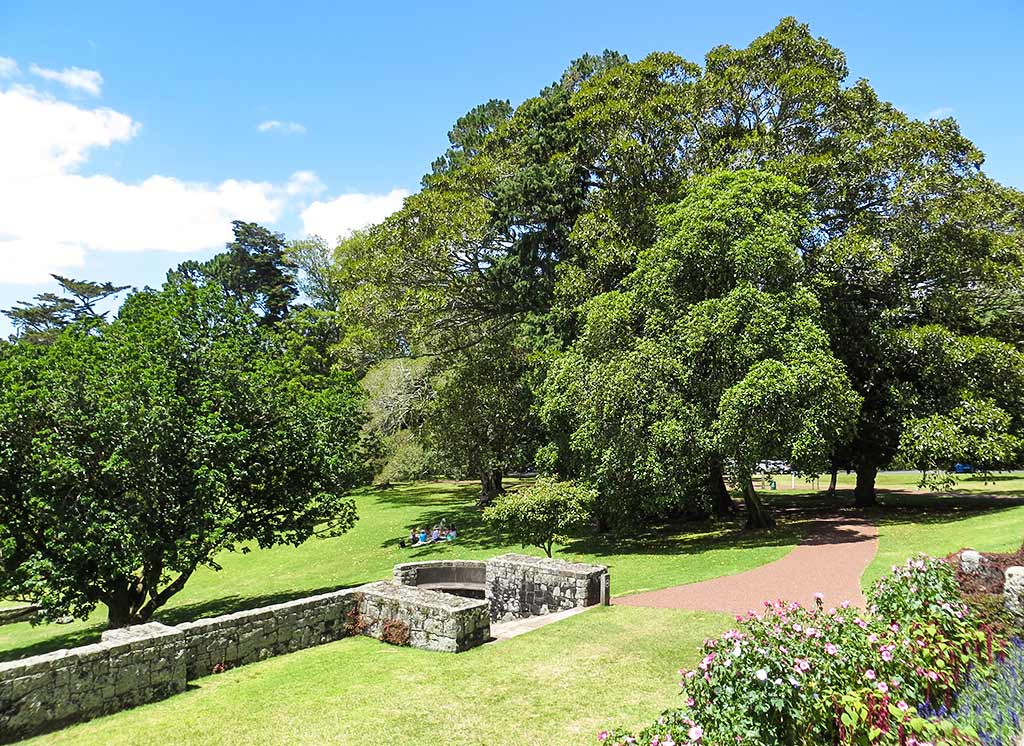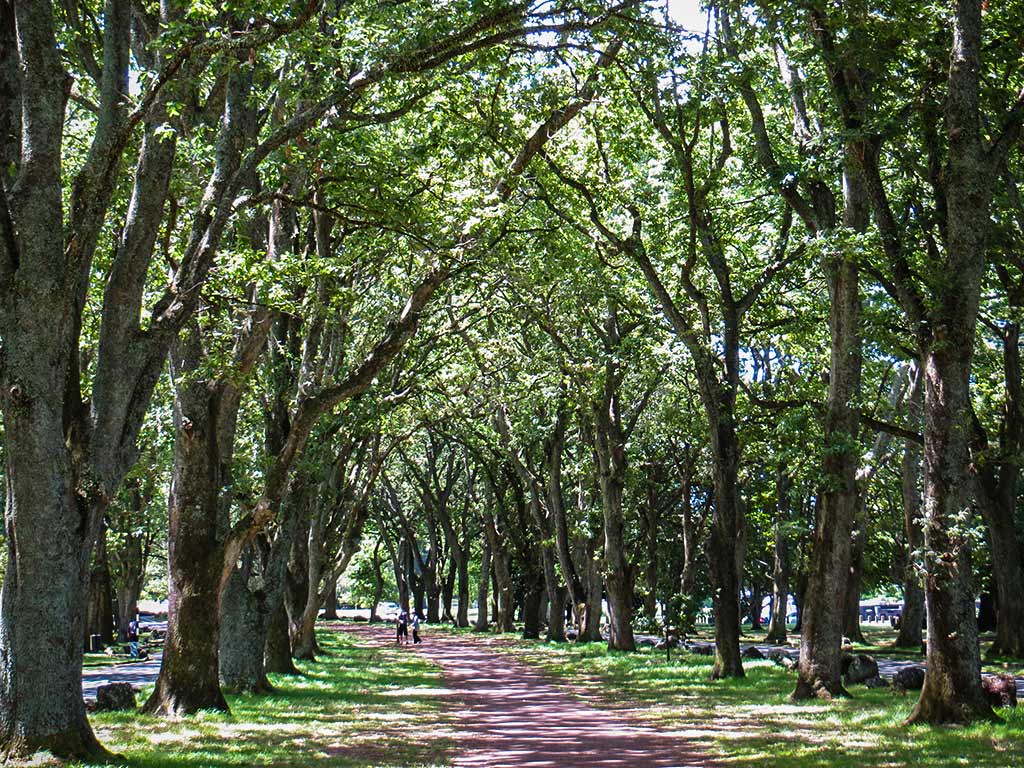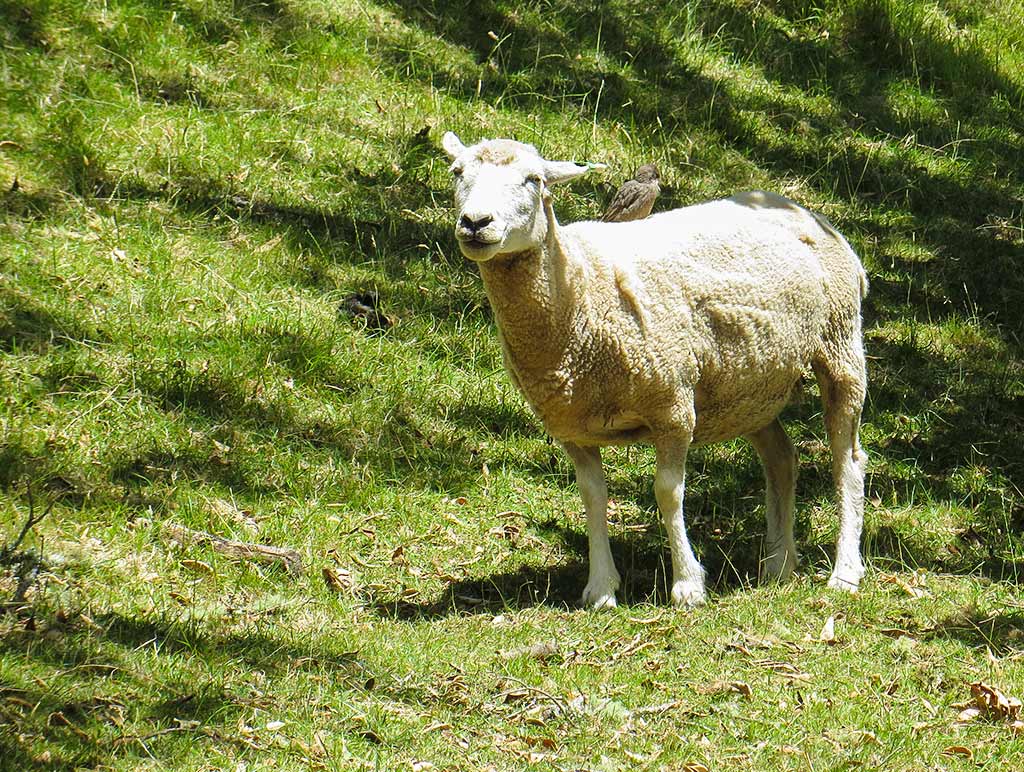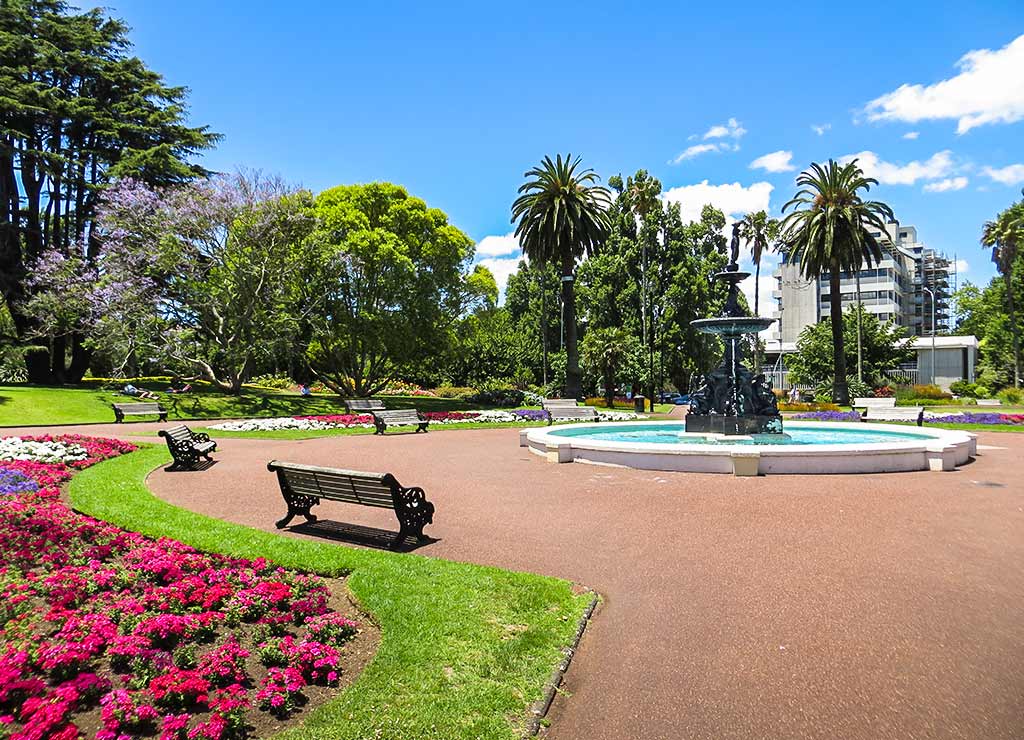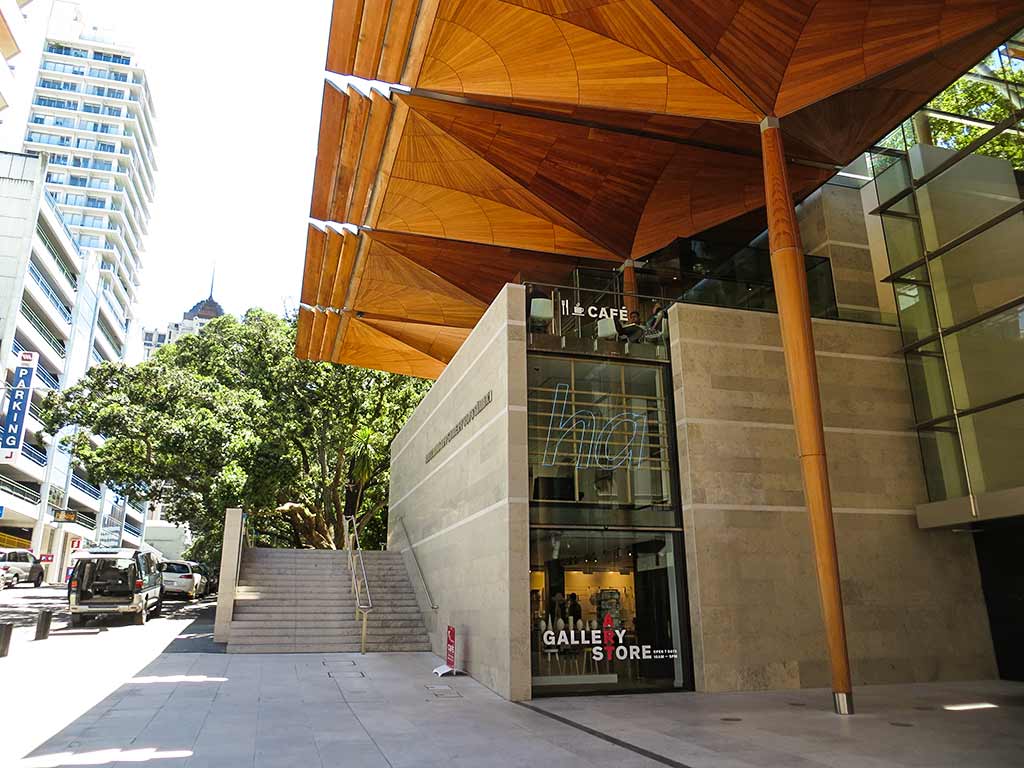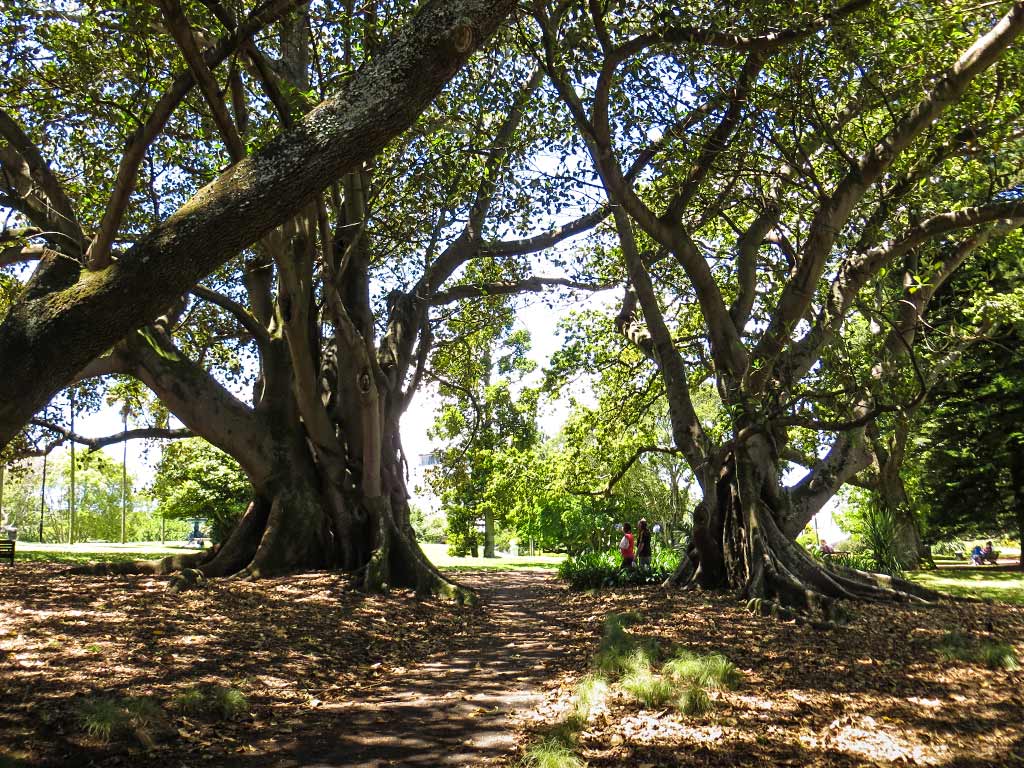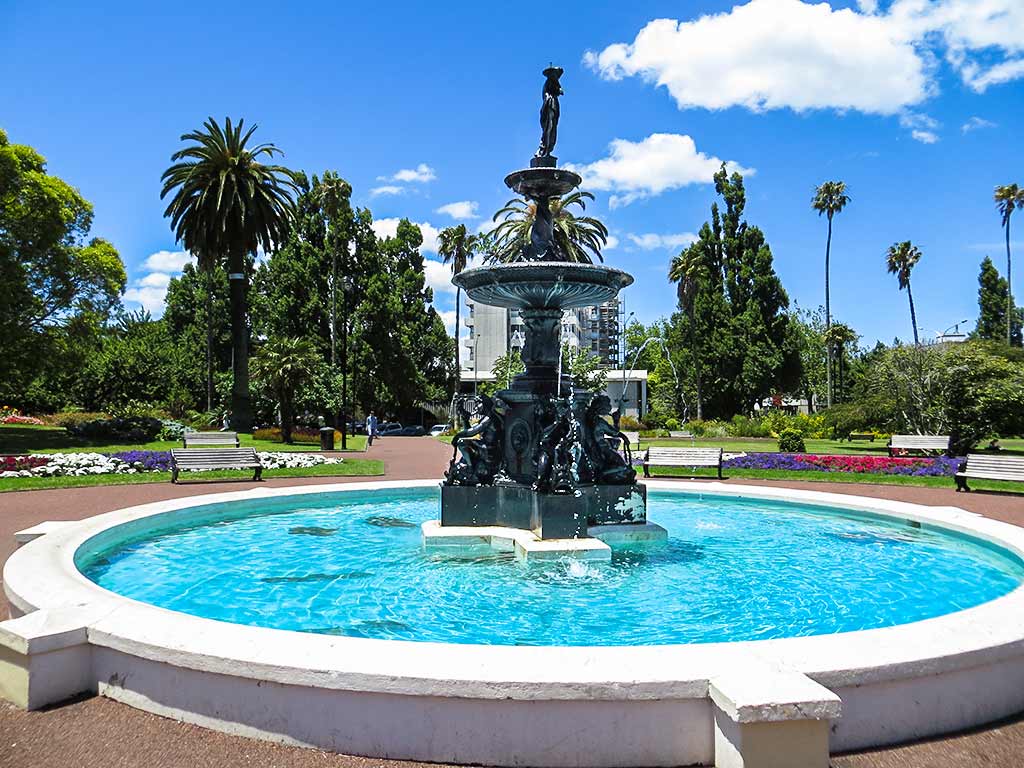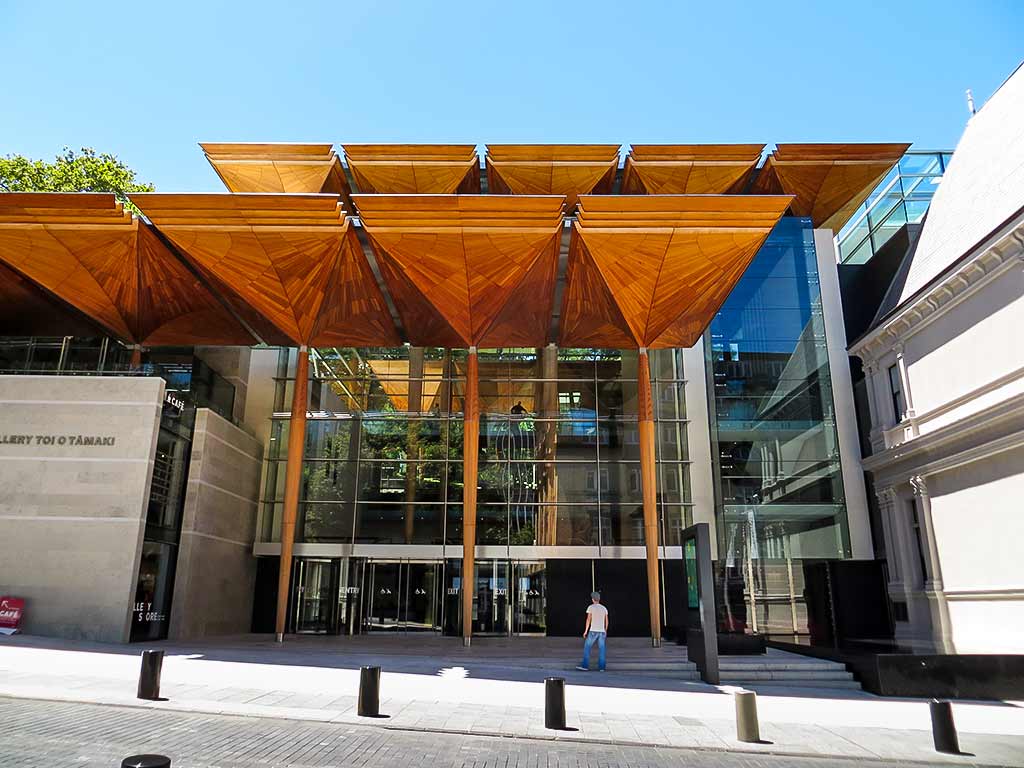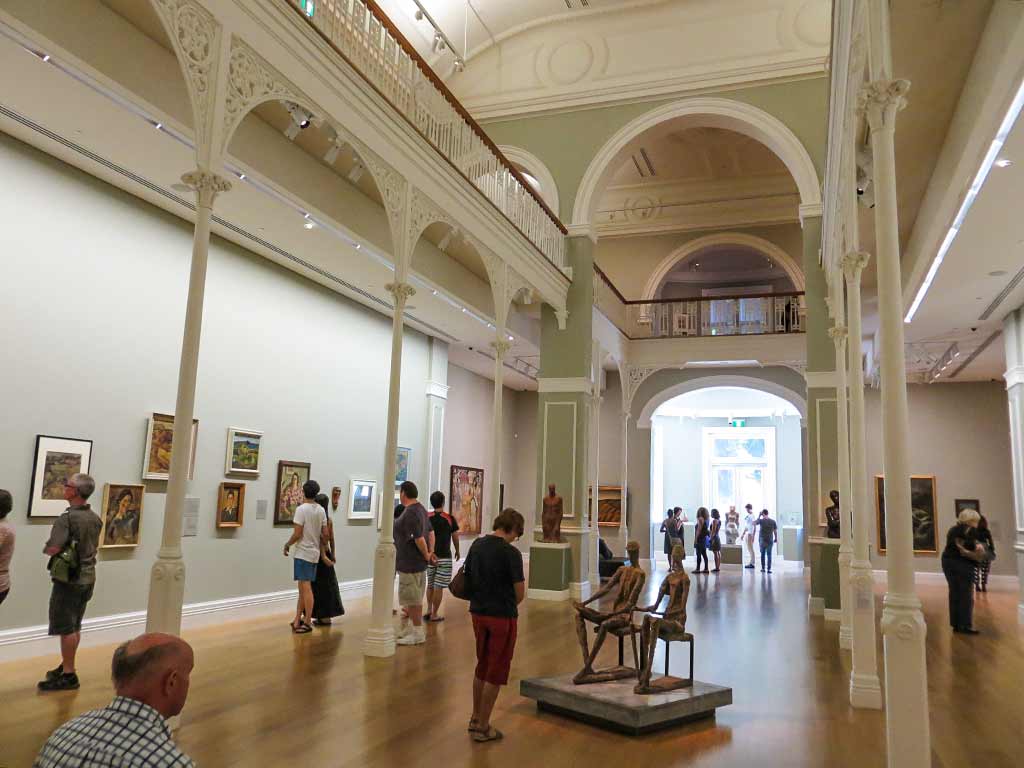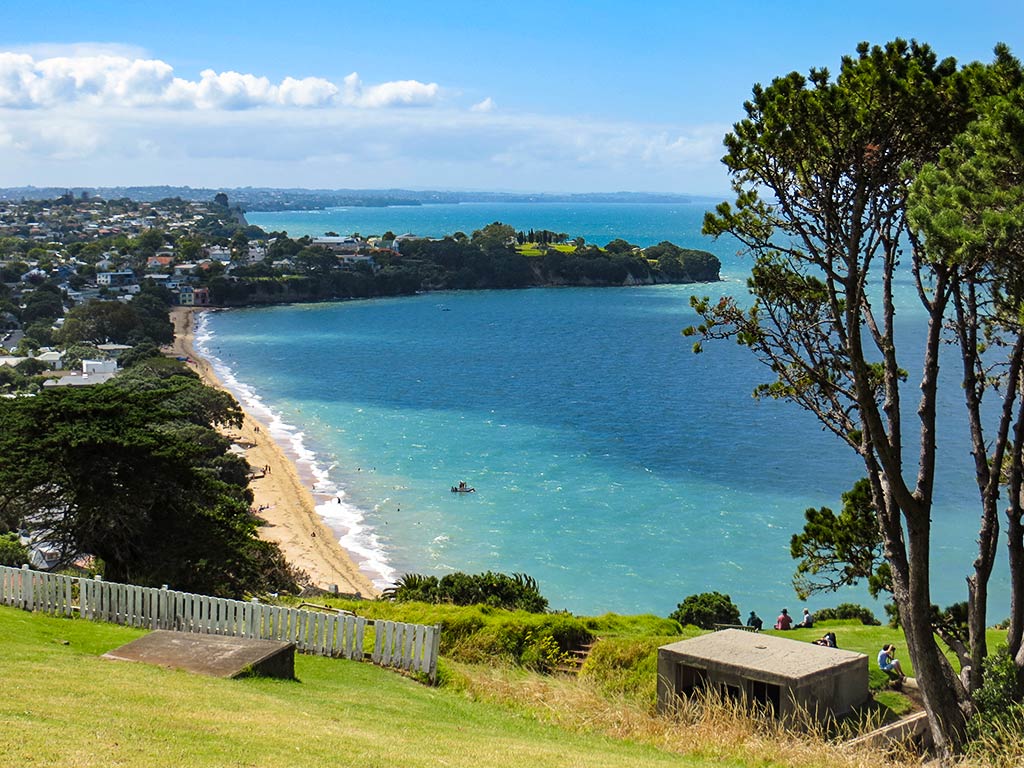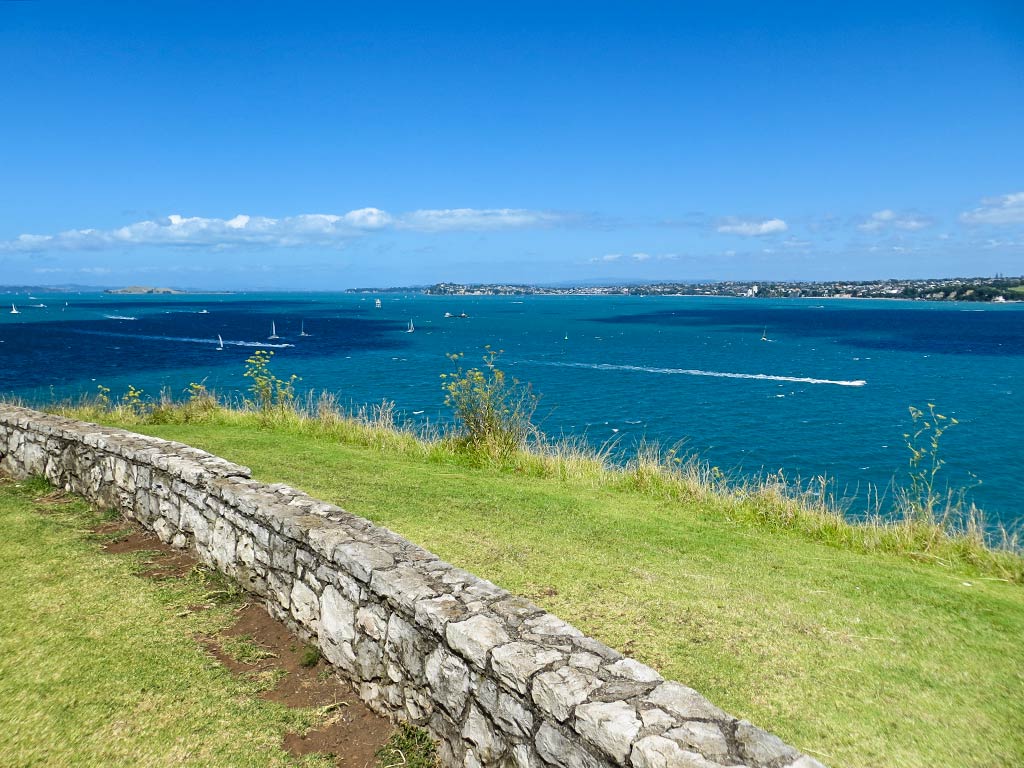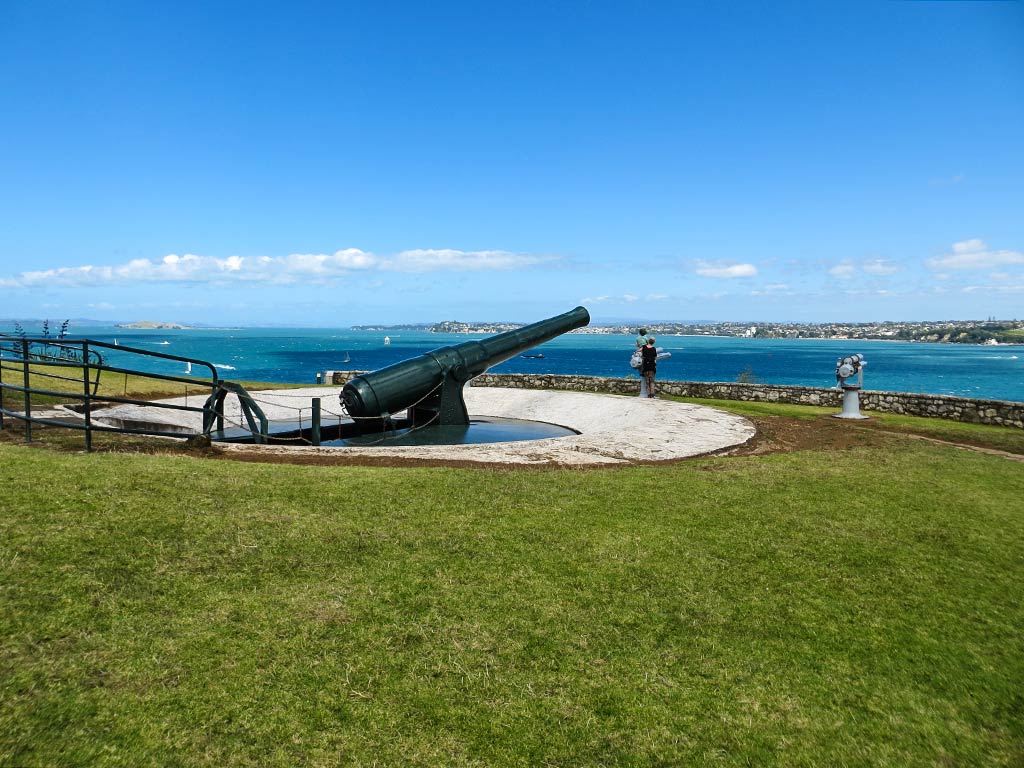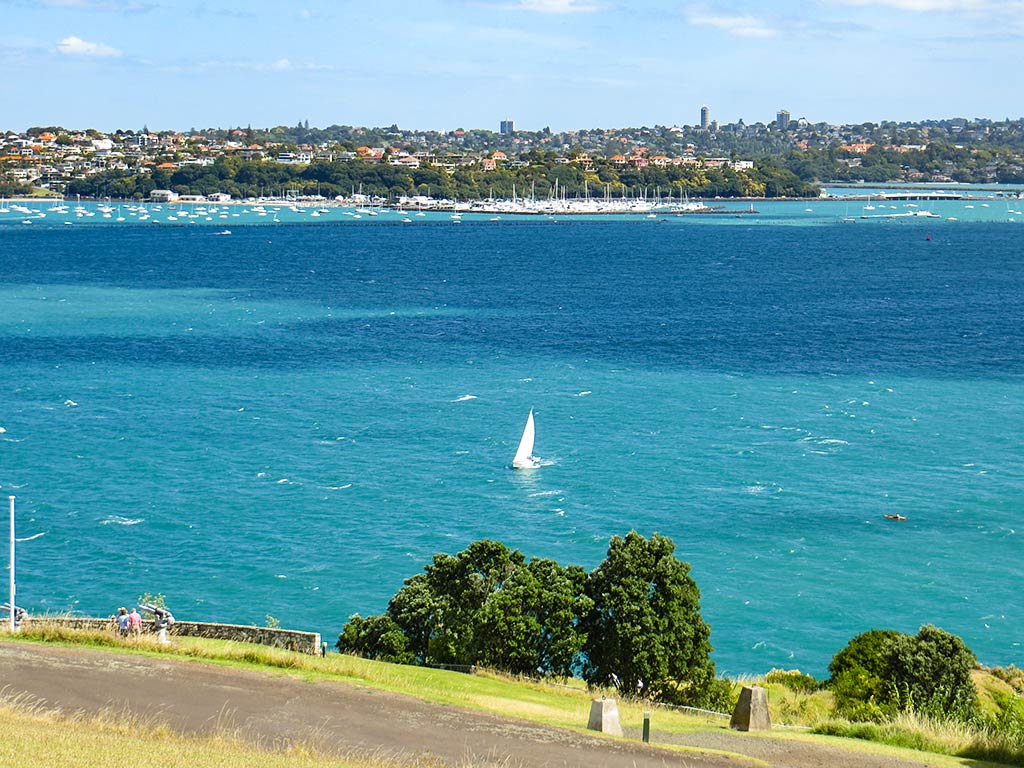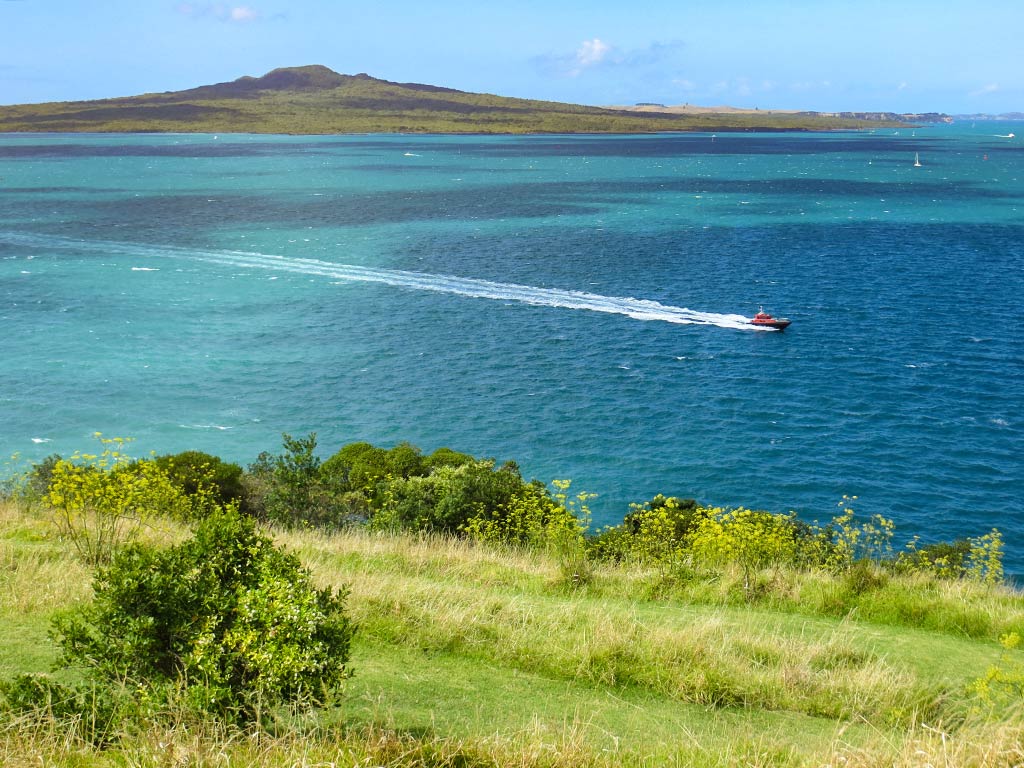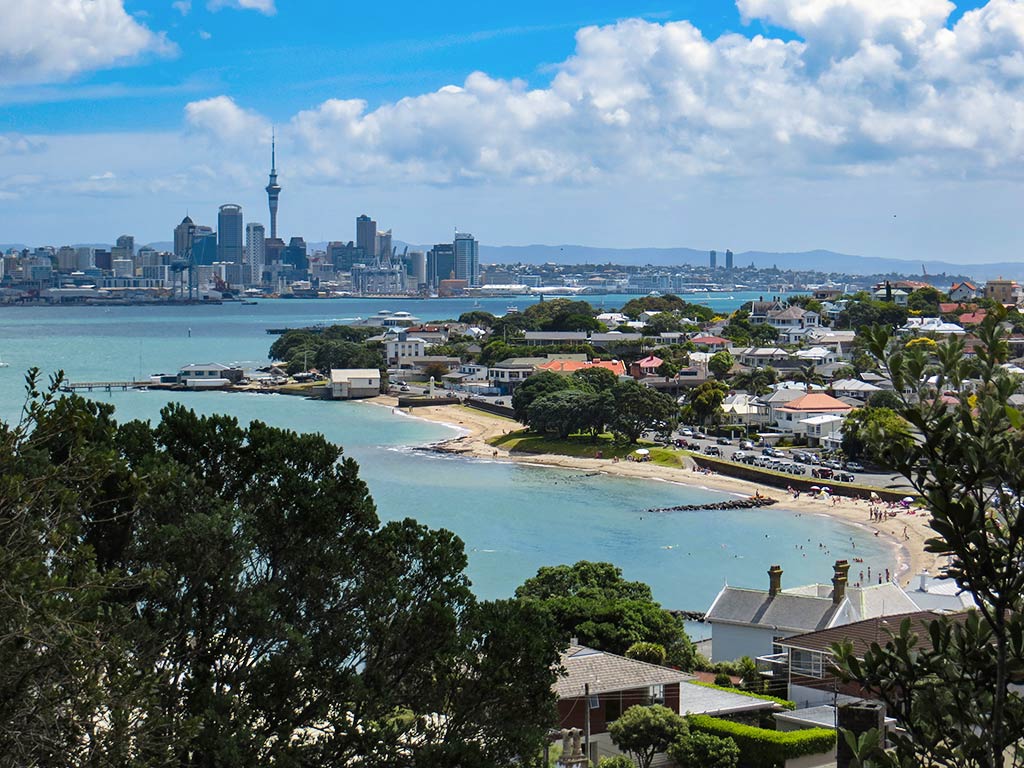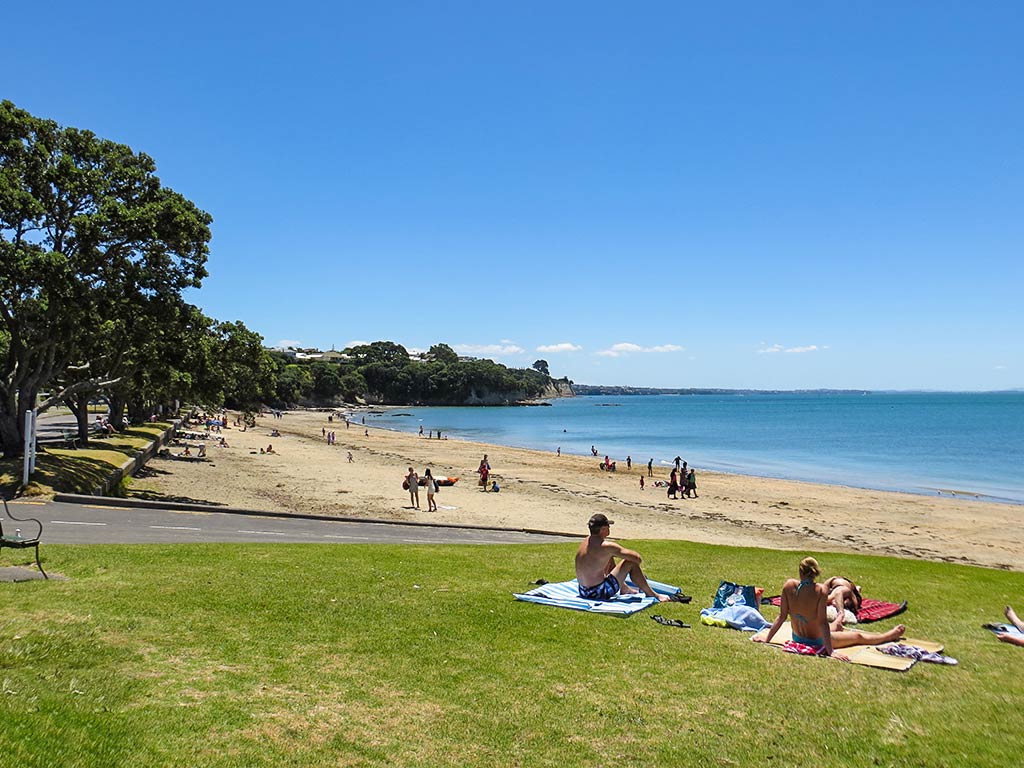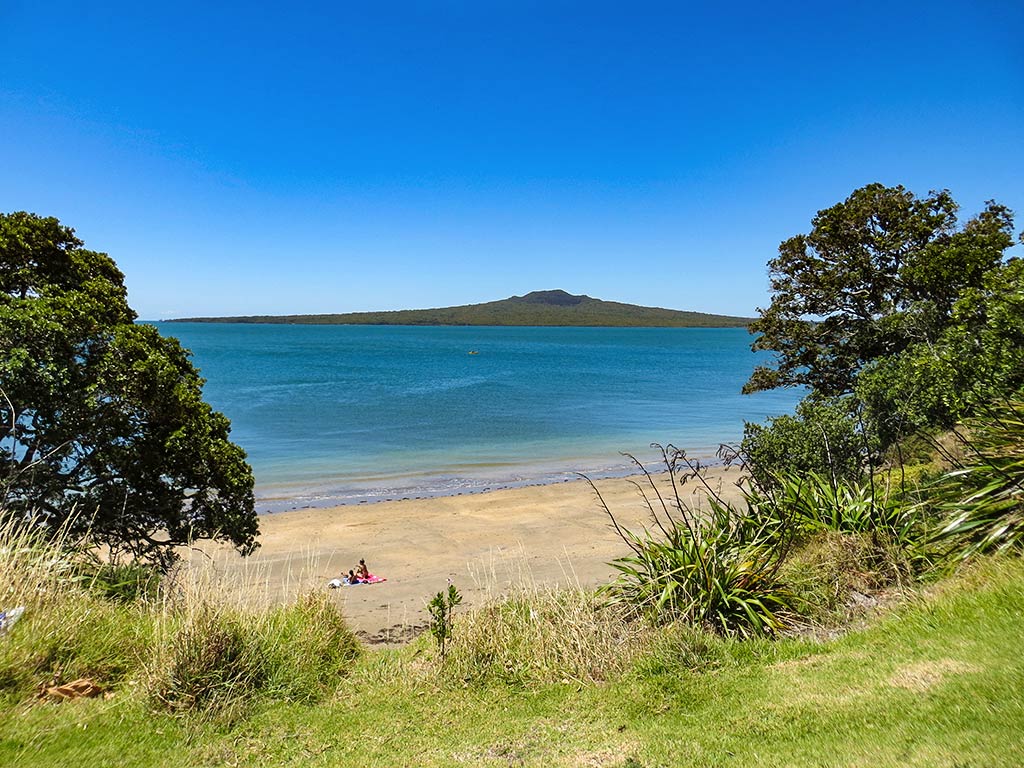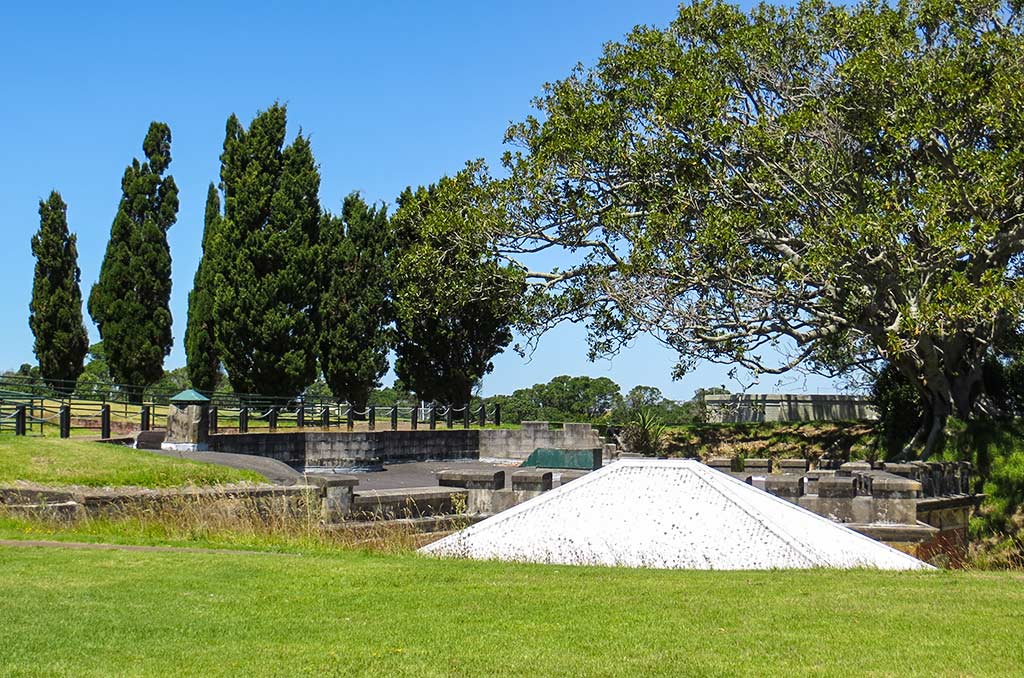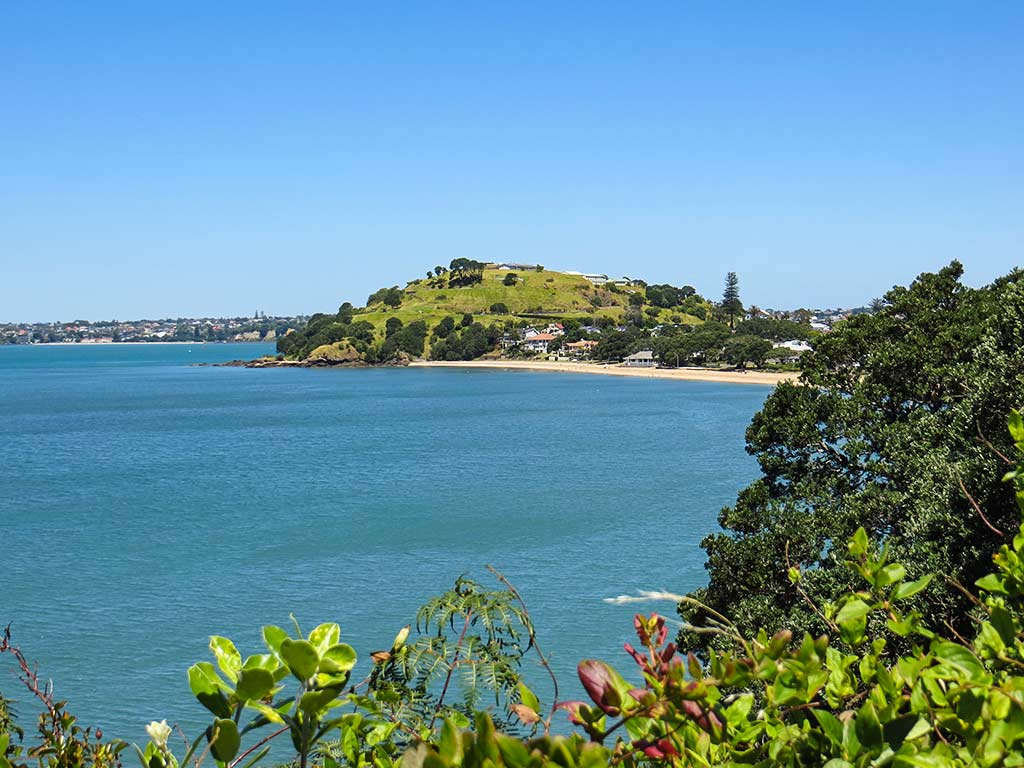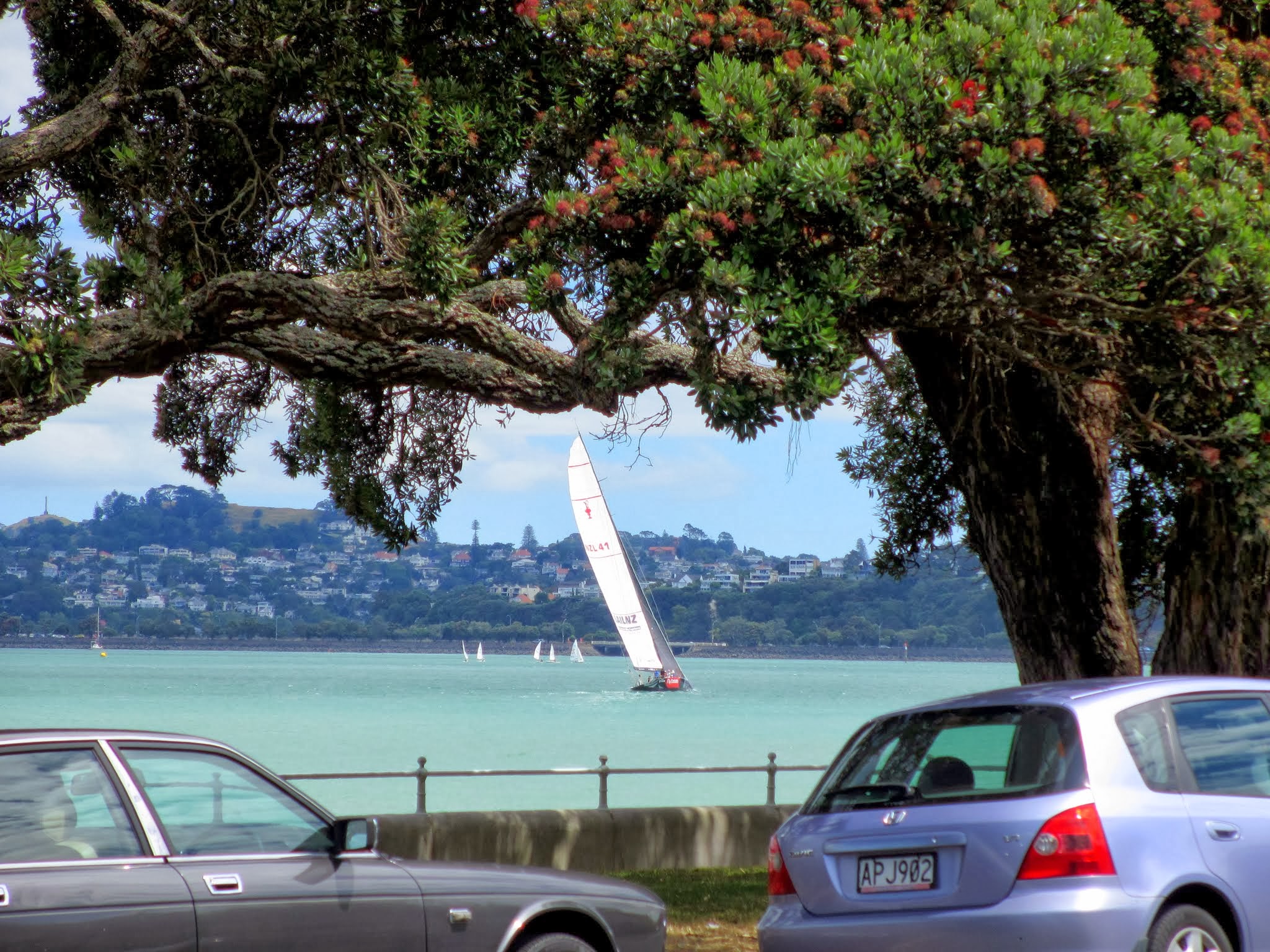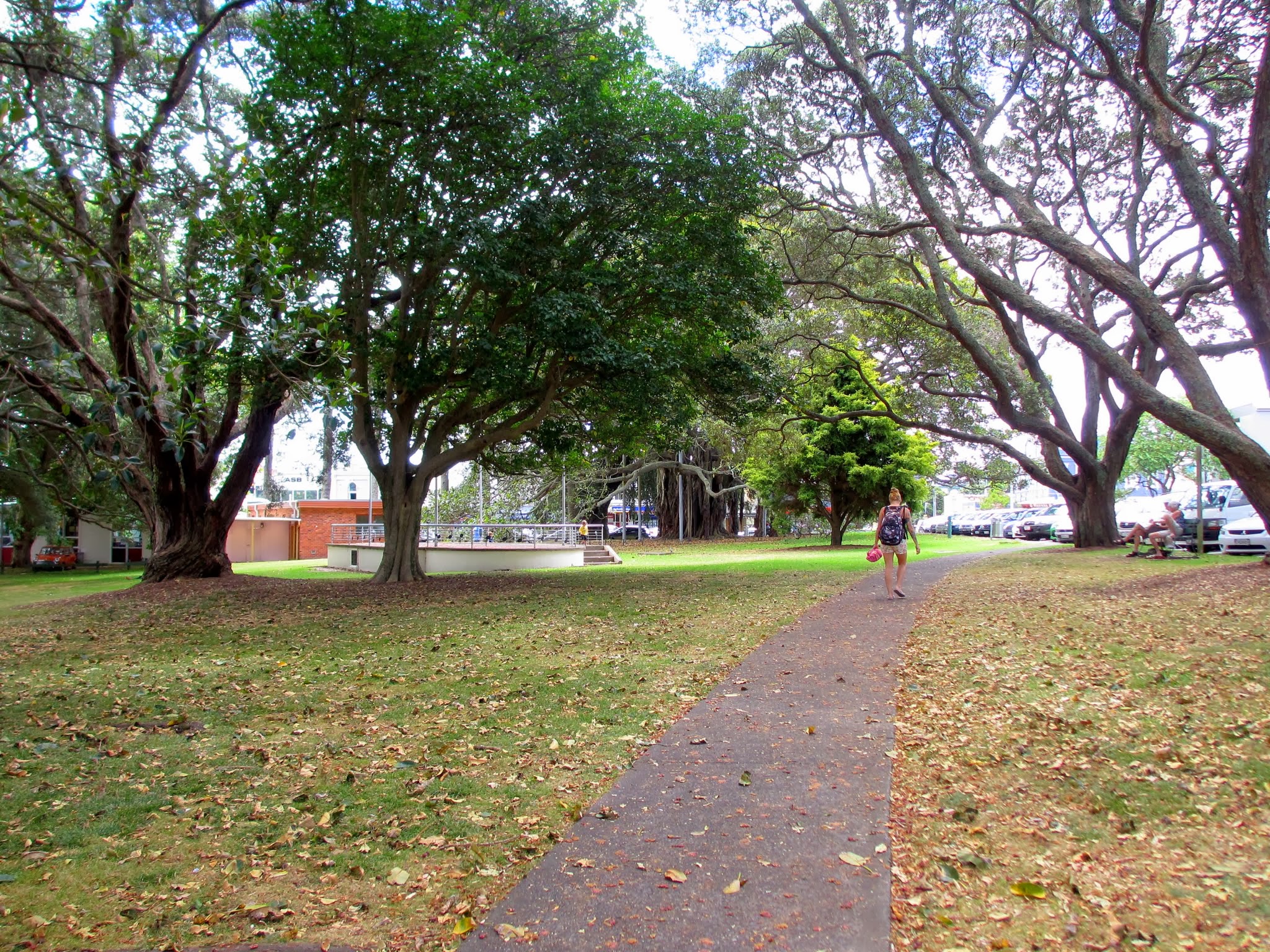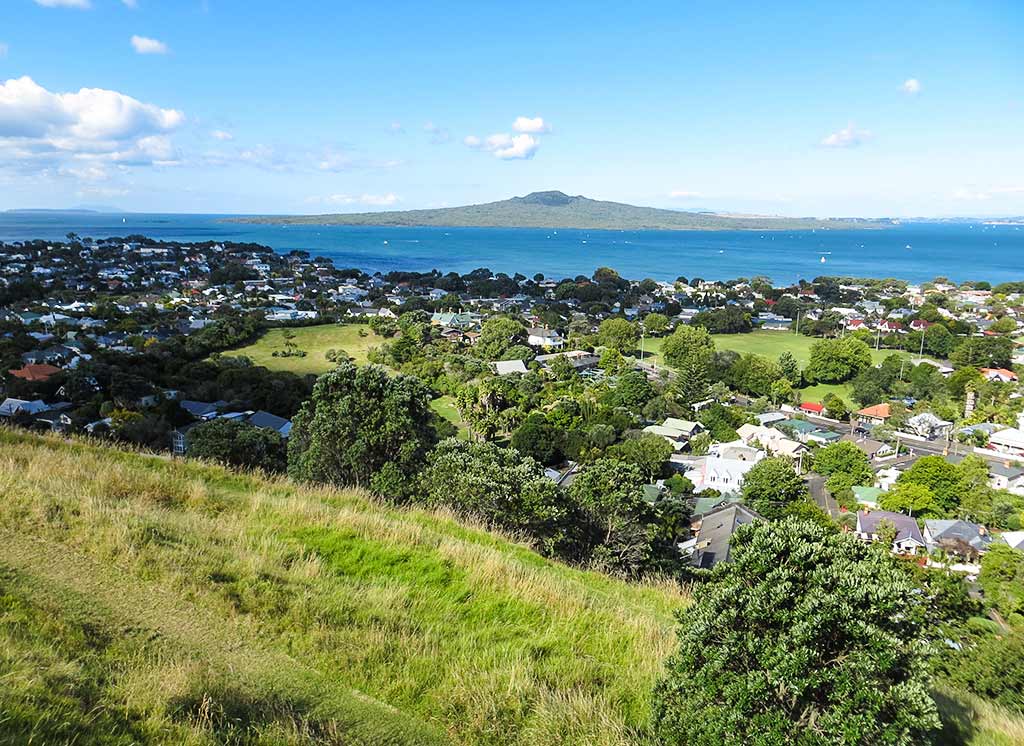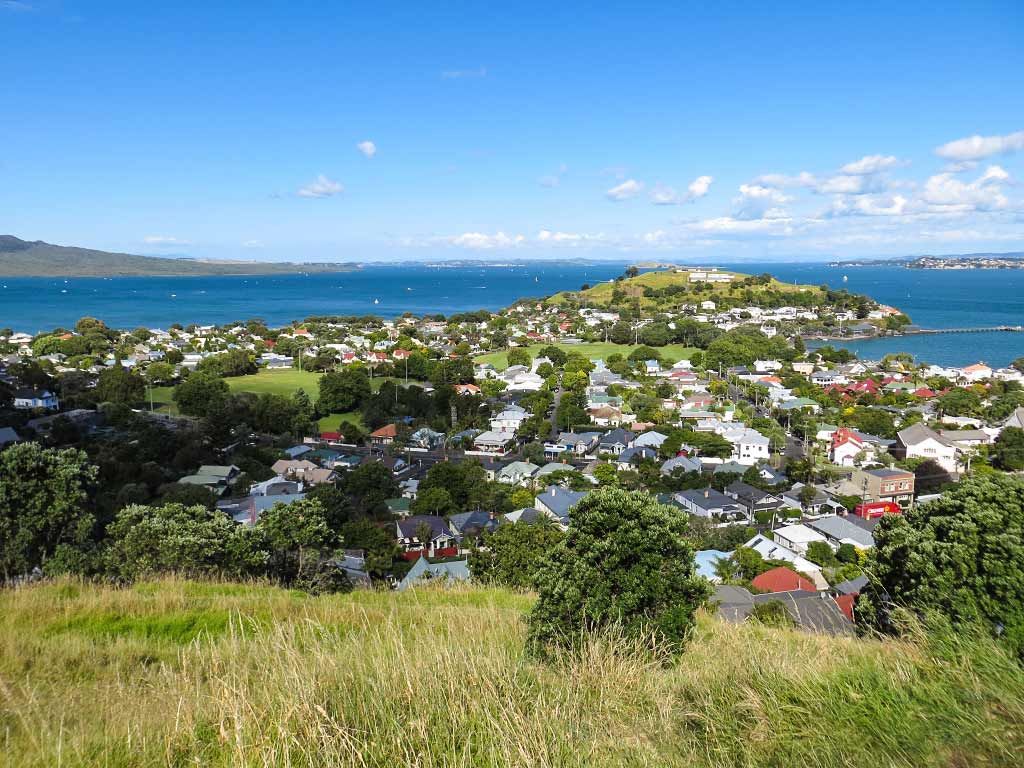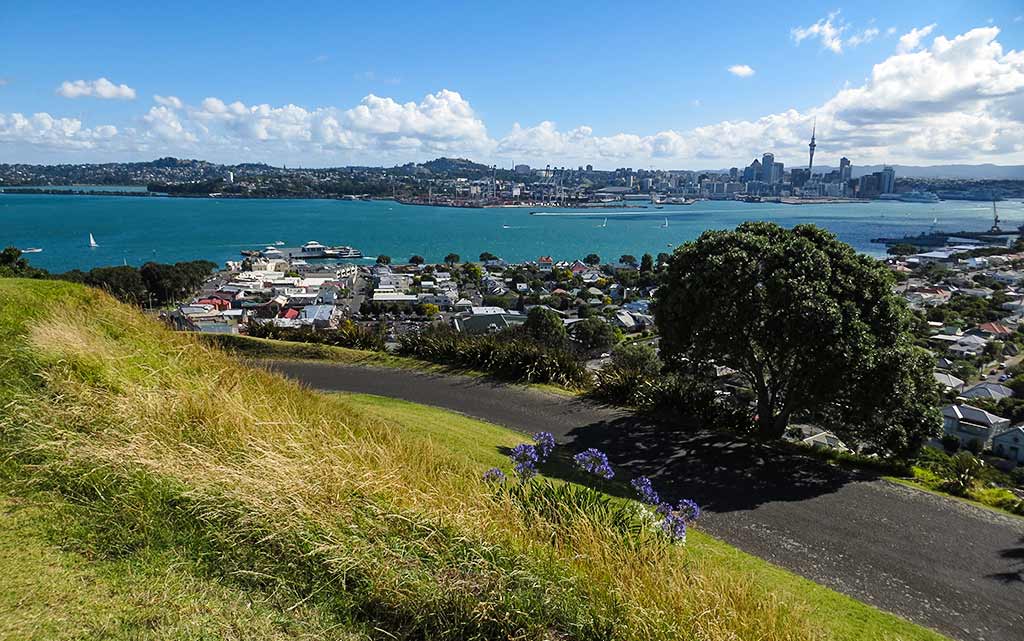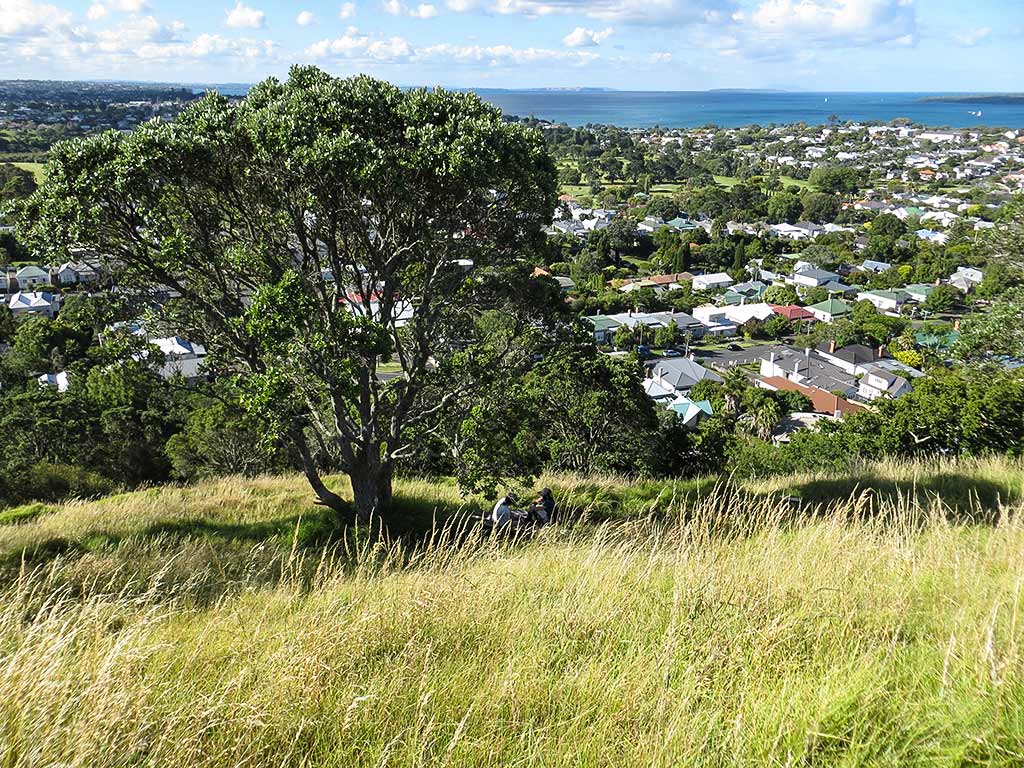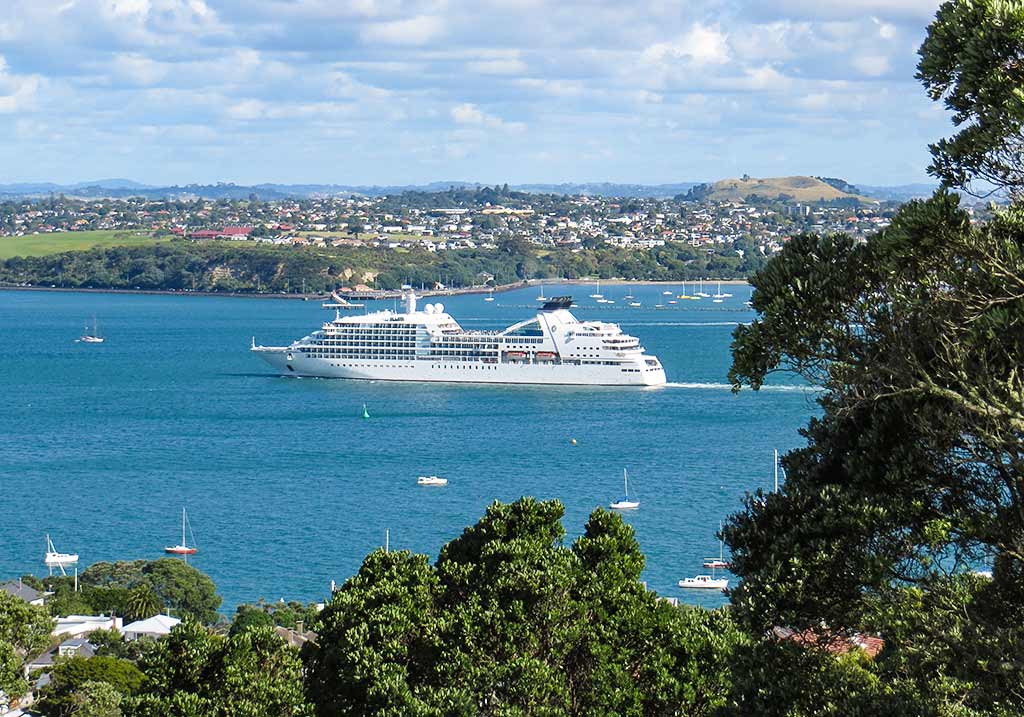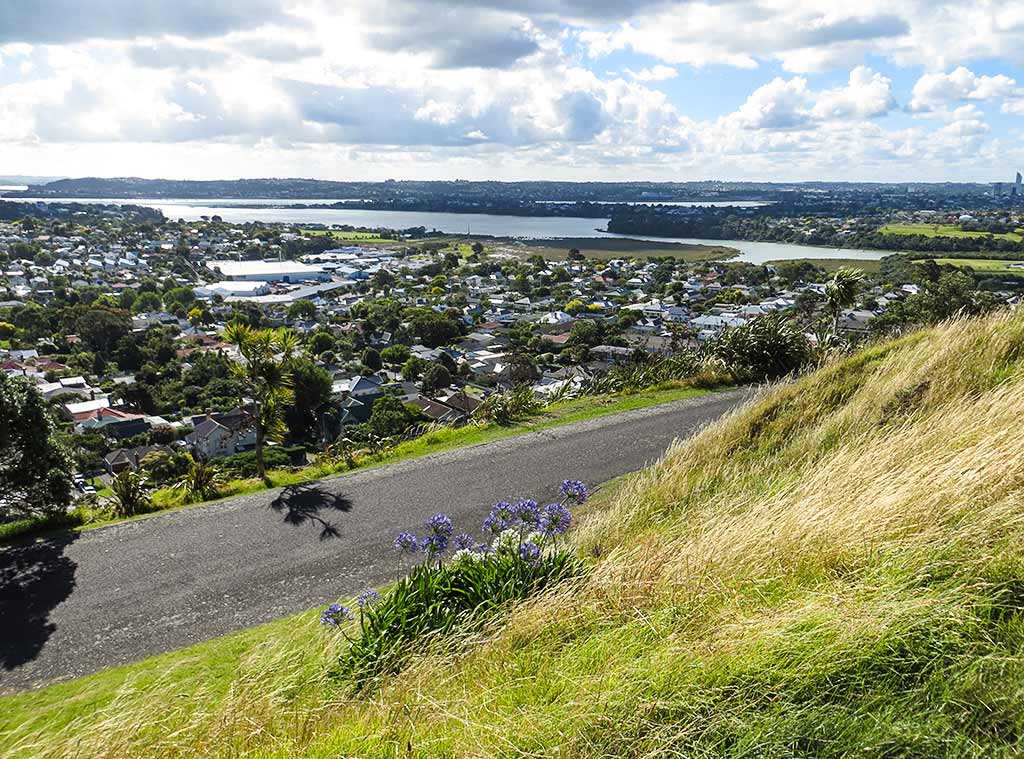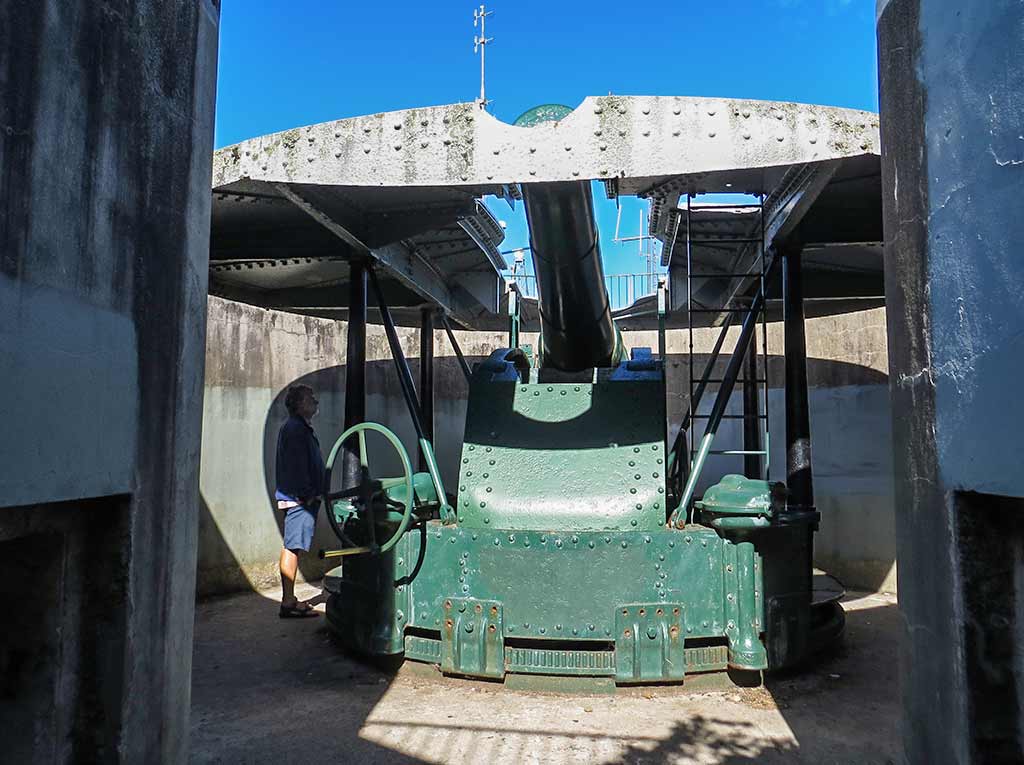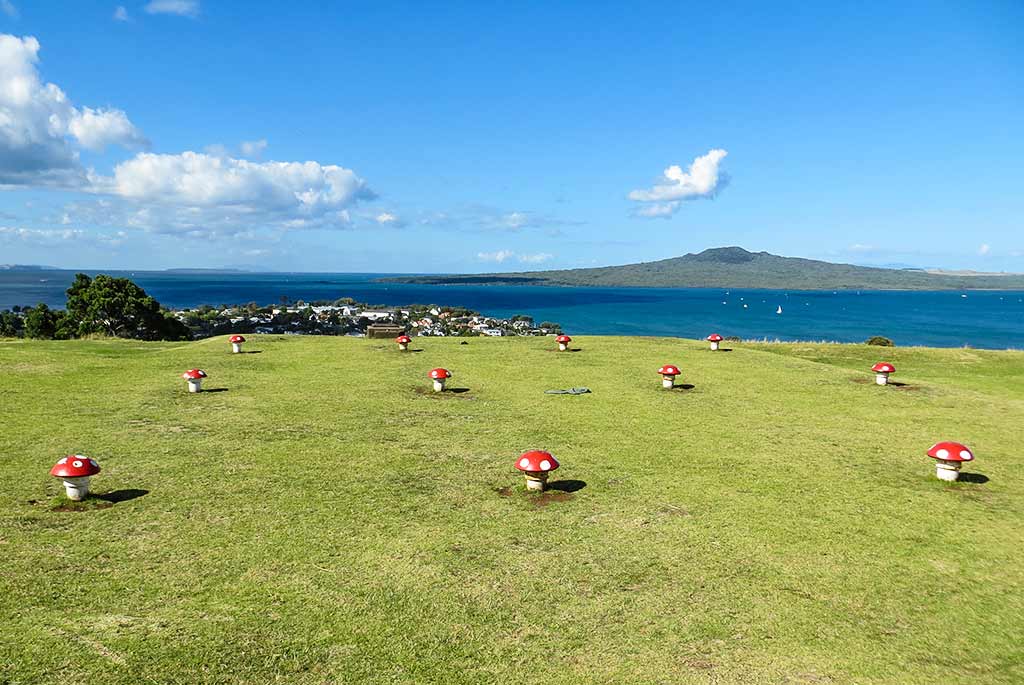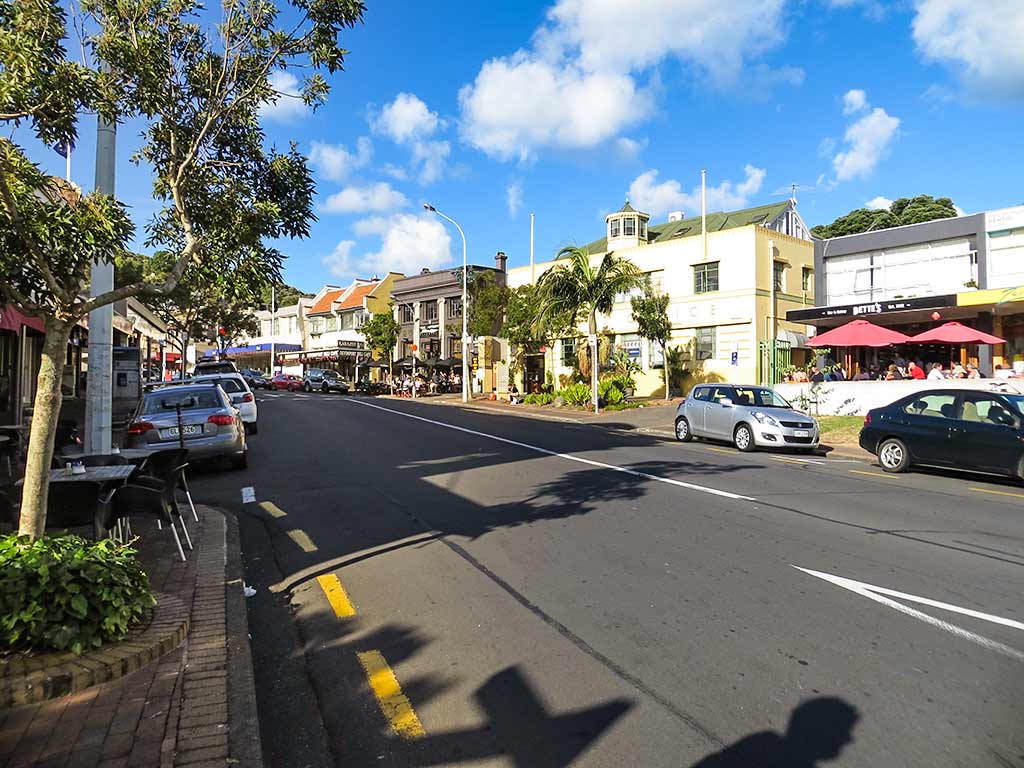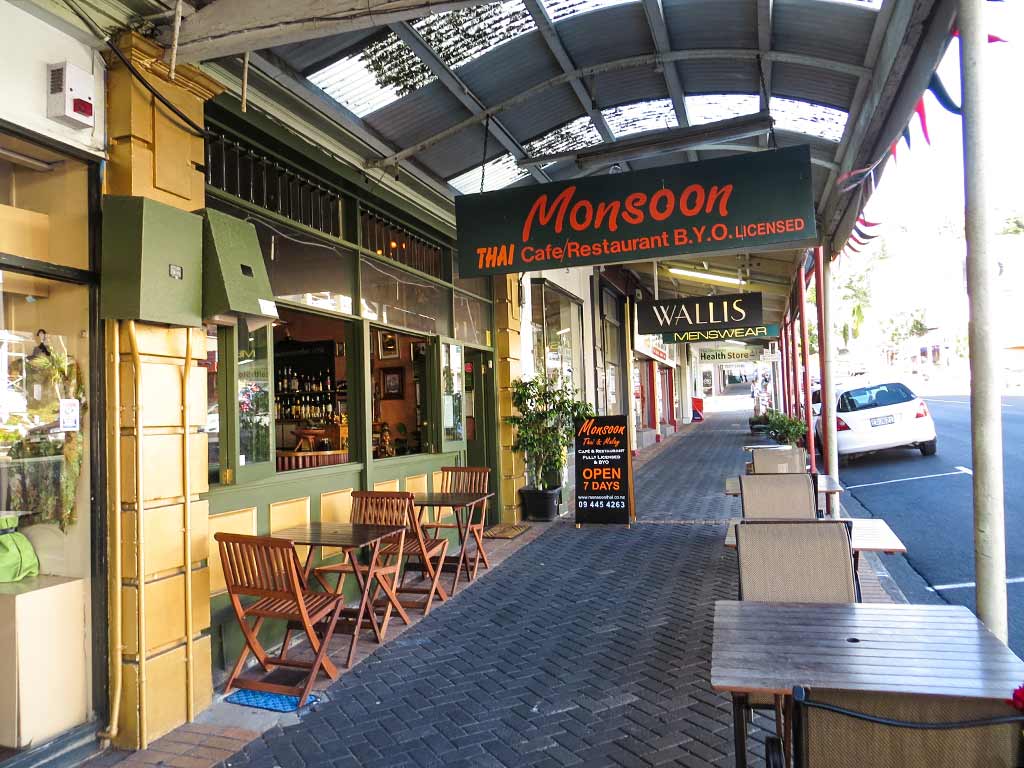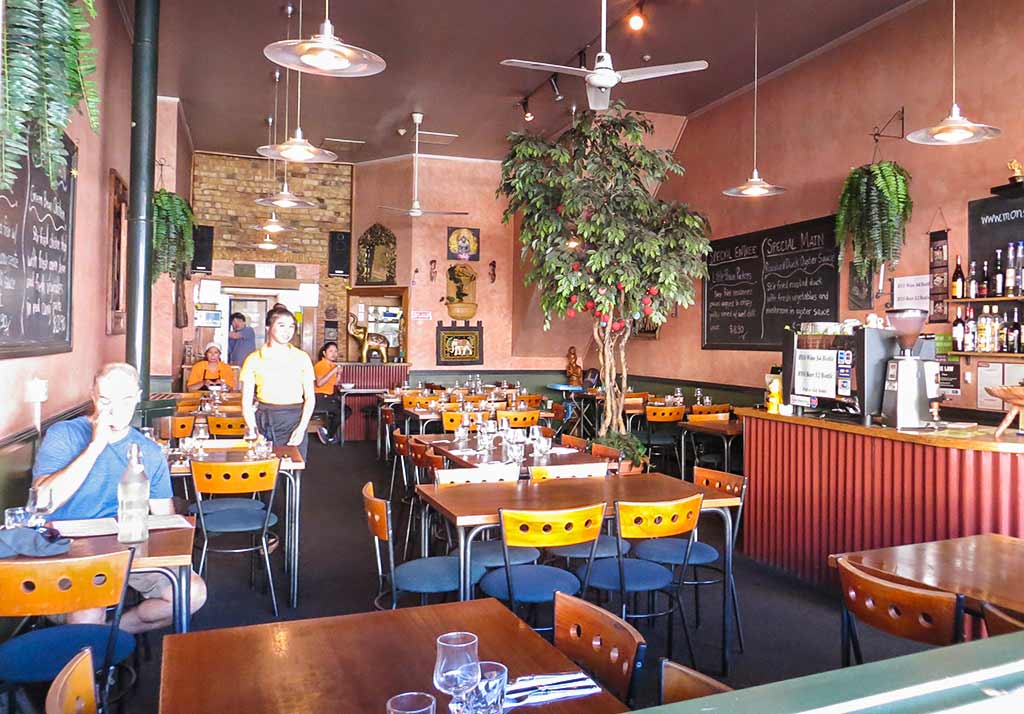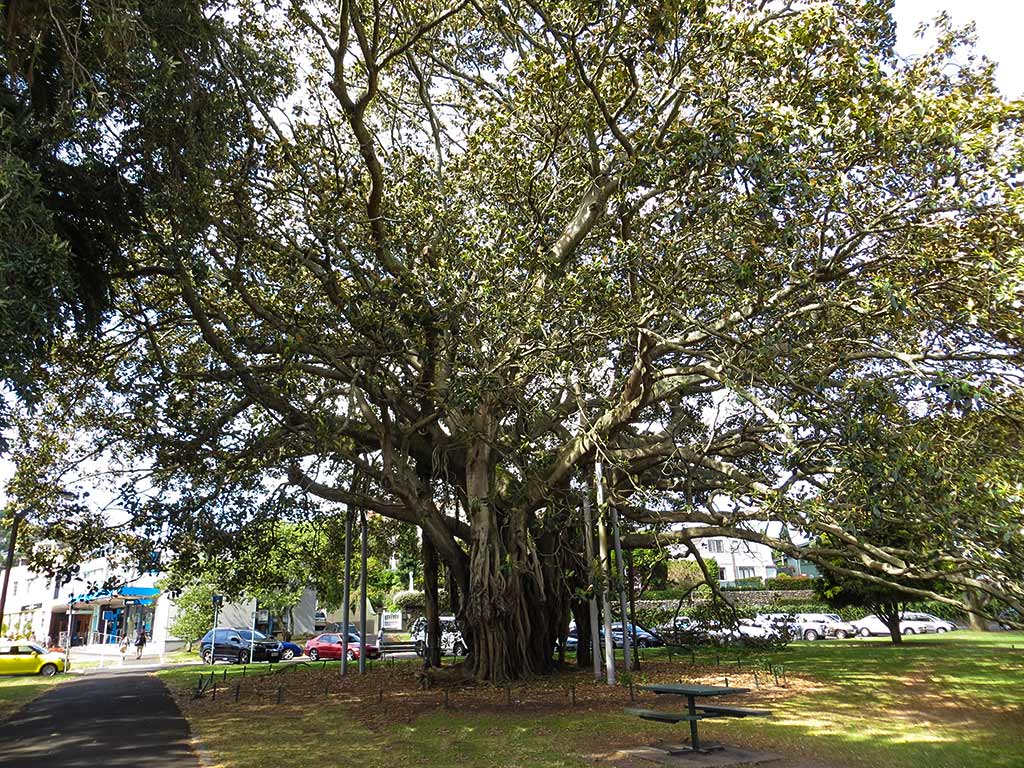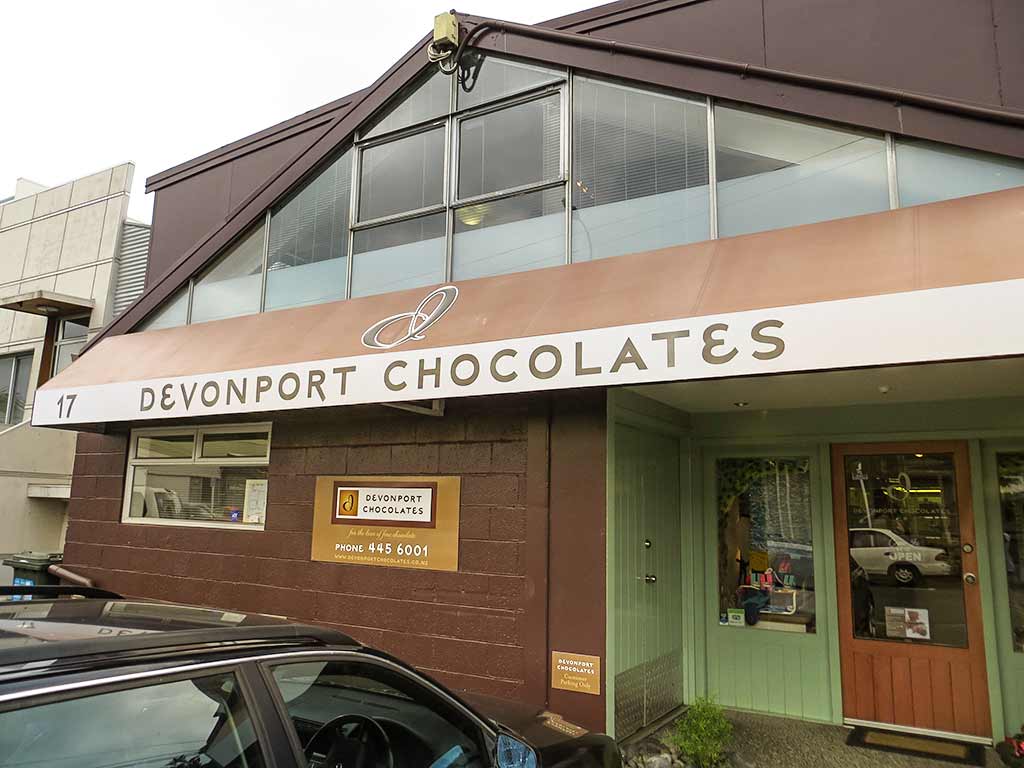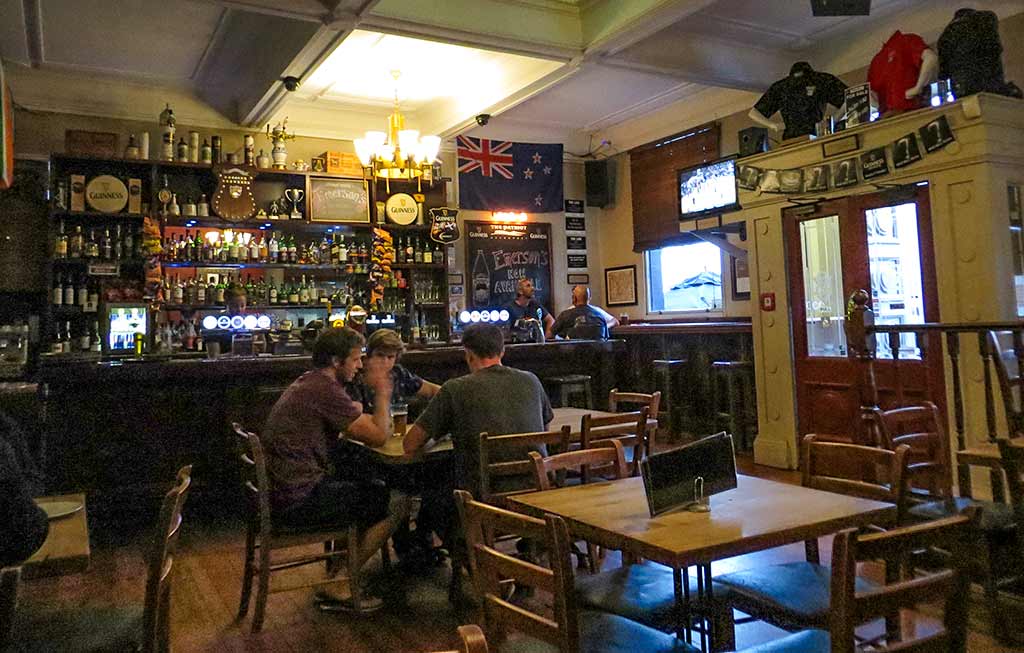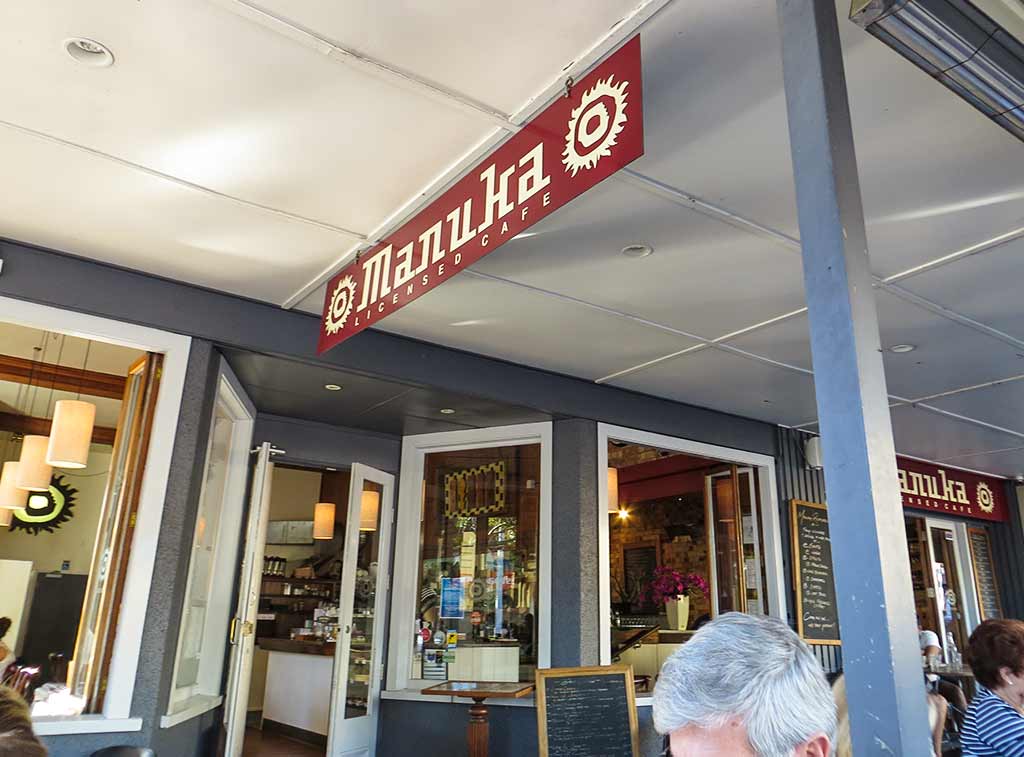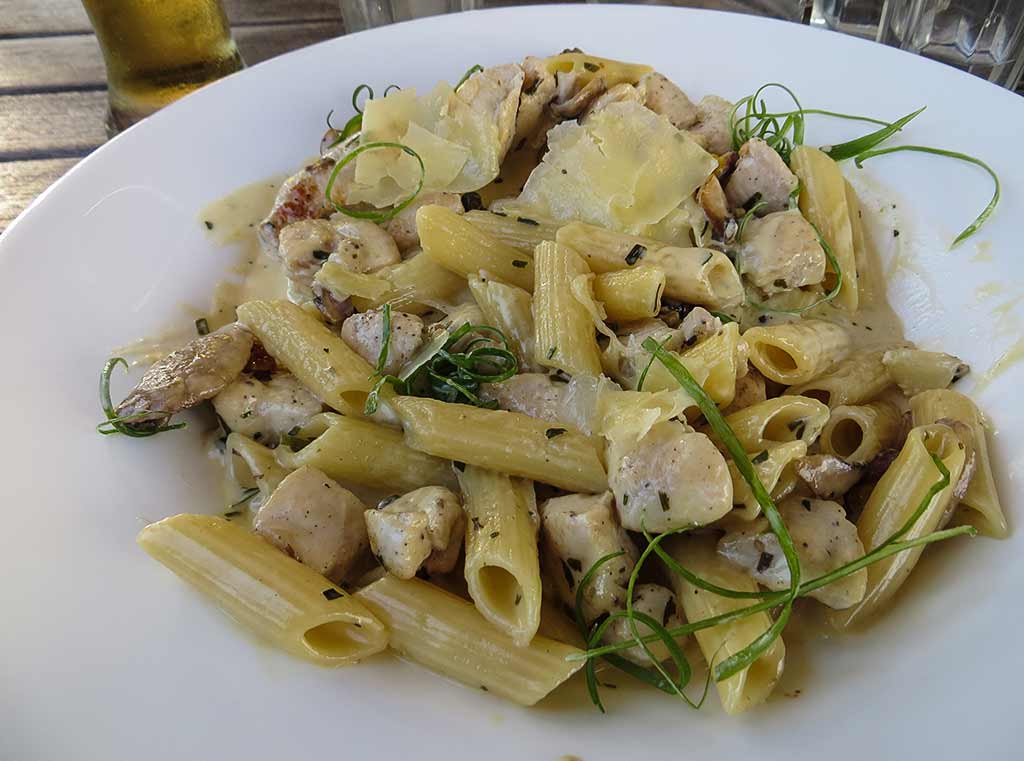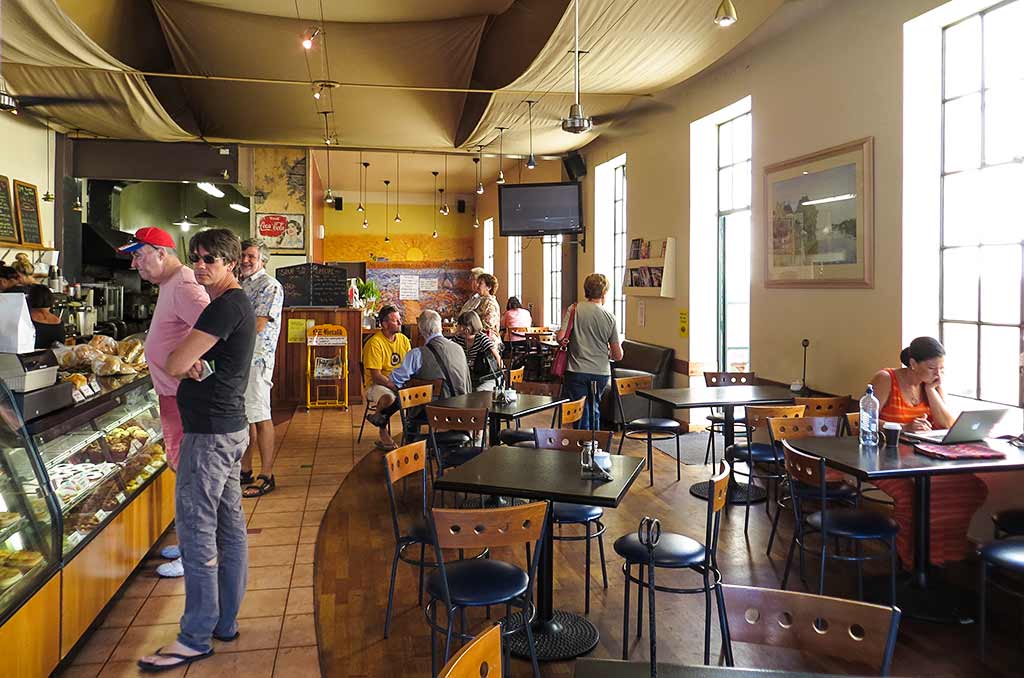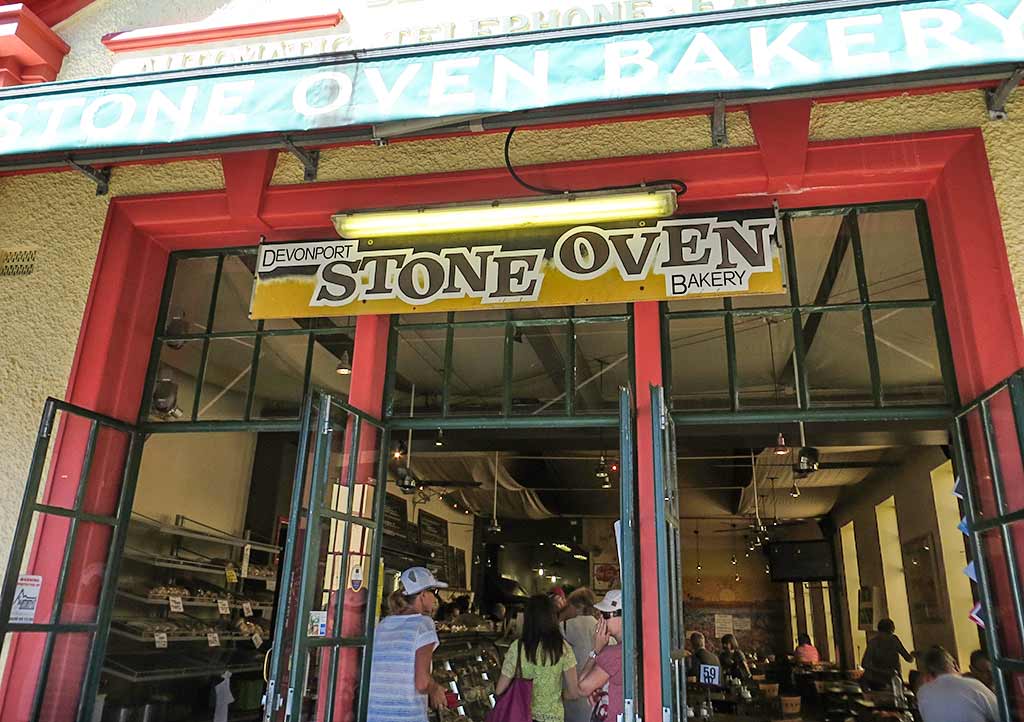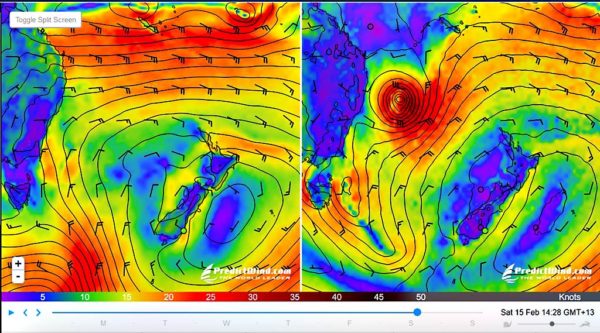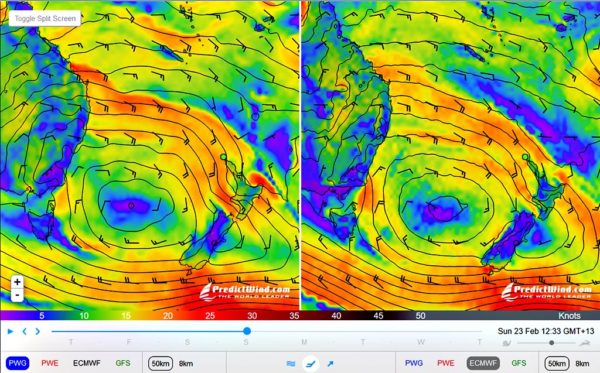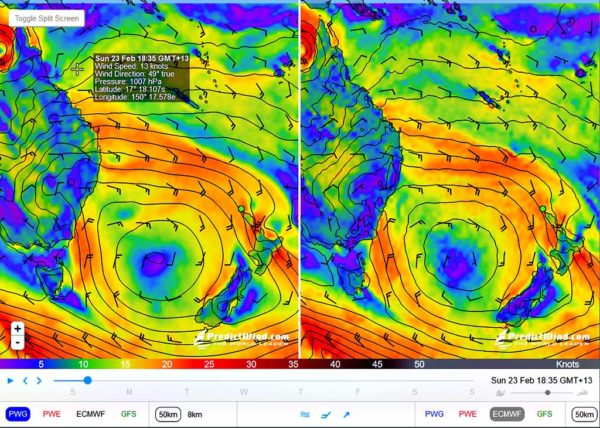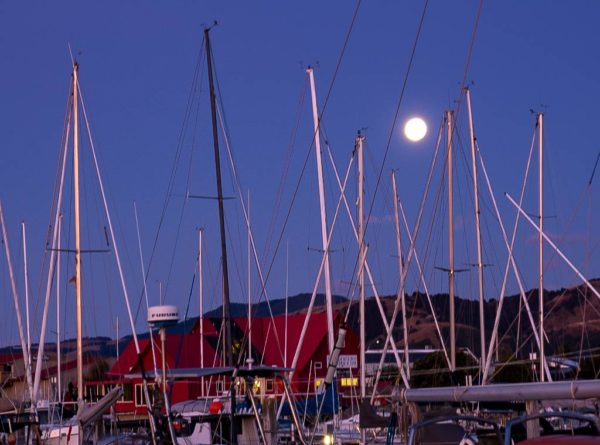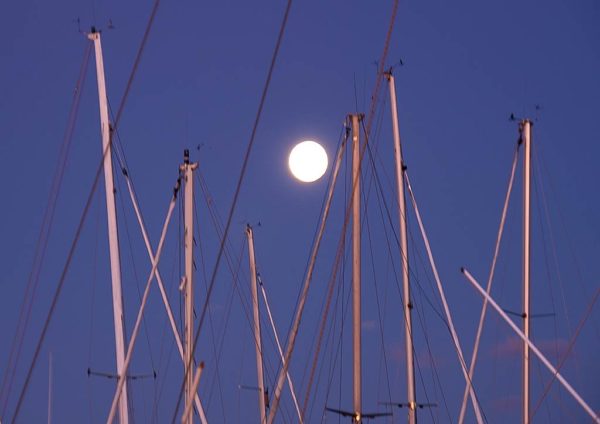January 2014
Looking at Auckland as a whole, there are several things that stand out. The first thing the eye notices is the Skytower: well-designed, distinctly beautiful, and the tallest structure in Auckland. The second thing about Auckland is that it’s a port city and very much embraces the sea, its downtown shoreline devoted to all things shipping and boating related, especially sailboats. I’d say sailing is the theme of this city, its heart, and even those who don’t care for sailing can enjoy looking at sailboats from the comfort of a steady shore.
While boats are scattered about in marinas and on the water, the most interesting concentration of them is in Viaduct Harbour. Full of restaurants that spill out onto walkways overlooking the water, boating supply stores, a boating museum, the headquarters of Emirates Team New Zealand (of America’s Cup fame), and berthed superyachts from all over the world, it is quite the yachtie kind of place! People have differing tastes as to what they like to do when visiting a city, but I can’t imagine anyone has ever visited Auckland and not walked around the Viaduct.
Still, there’s another interesting feature to appreciate about this city: the individual hills that dot the landscape, remnants of old volcanoes. These volcanoes are one of the things that make Auckland unique. There are about 50 of them scattered throughout the central area of the North Island, but the few mentioned below are special and featured sights in Auckland.
Auckland Domain (Pukekawa)
Many of the world’s great cities have a large central park, often with a museum, flower beds, expansive green lawns and large trees. This area in Auckland is called Auckland Domain and sits on the remnants of Pukekawa, one of Auckland’s oldest volcanoes. The Auckland Museum sits at the highest point, on top of the hill, while beautiful stretches of lawn and grand old trees cover the rest of it.
Auckland Domain has many walking paths, and walking around here is always enjoyable. Our favorite was a path called Lover’s Lane that meandered through a gully lush with subtropical vegetation. We also loved the area’s giant trees.
Unfortunately with all the walking it took to get to and enjoy the Auckland Domain, we never had the energy to tackle the museum, but we’ve heard good things about it. Below, some photos of Auckland Domain (you can click to enlarge and scroll through photo galleries in this post.)
Mt Eden
This was the first volcano we visited in Auckland, and we found it pretty astonishing. It’s the tallest of the old volcanoes and still has its crater, now a big grassy bowl. Like the other volcanoes in Auckland, one can choose to walk up, bike up, or drive up through beautiful parkland to incredible views from the top. We’ve already done a blog post about our first visit, but coming back this year we found it just as amazing. Below, a couple of photos, one showing the third of Auckland’s great volcanoes: One Tree Hill.
One Tree Hill (Maungakiekie)
While Mount Eden is the highest, One Tree Hill is among Auckland’s largest volcanoes with huge areas of parkland, historic sites, and even a planetarium. There are also sheep, many many sheep, that graze on the extensive lawns and grassy areas. The entire area is called Cornwall Park, and it’s Auckland’s largest park.
One Tree Hill is another volcano we visited last year, making the drive to the top to see the obelisk and views. This year we came to walk around the park at the base of the volcano, but one of the most striking things was driving though it. The streets were thickly lined with magnificent trees! Near the front gate where pohutukawas, followed by huge specimens of other trees as we drove along. We parked at the information center and cafe, perched on a slope overlooking large expanses of lawn and more huge trees. This area seemed so big that it was a surprise to find we could walk all the way around the bottom of the volcano in 25-minutes.
We did just that, taking 40 minutes with photo stops. It was a beautiful walk with more huge trees, this time pine and oak, and lots of sheep. This park was definitely one of the highlights of Auckland.
Albert Park
There’s one more park of note, this one residing on an old, low-lying volcano near the center of the city: Albert Park. Compared to the other parks it’s very small, but it has a lot of pohutukawa trees and a lovely formal garden at its center. There’s also the Auckland Art Gallery, the city’s premier art museum and housed in a building that’s a work of art in itself. It’s free to the public and definitely worth a look.–Cyndi

